Peaceful Settlement of Disputes in International Law
Introduction
The peaceful settlement of international disputes is a core principle of international law that emphasizes resolving conflicts without resorting to force. This principle is rooted in the broader framework of International Law that promotes Friendly Relations and Cooperation among States and is explicitly outlined in the UN Charter. The origins of this principle date back to the first Hague Peace Conference in 1899, which established a Convention for the Pacific Settlement of International Disputes. A subsequent convention was added during the second Hague Peace Conference in 1907. The obligation for states to resolve their disputes peacefully gained even greater importance when the use of force was prohibited under Article 2.4 of the United Nations Charter.
In simple terms, an international dispute involves at least one party that is a state, with the other party being another state, an international organization, or a natural or legal person from a different state. These disputes can arise between governments, legal entities, institutions, corporations, or private individuals from different parts of the world.
The peaceful settlement of international disputes is a continuous process grounded in international law, where states participate as equals. According to the 1982 Declaration, states have a duty to resort only to peaceful means of settlement in the event of a dispute. These disputes are closely linked to international relations and can occur not only between states but also between states and international organizations or other non-state actors.
The UN Charter plays a crucial role in addressing disputes among states, stating that all member states must resolve their international disputes by peaceful means in a way that does not endanger international peace, security, or justice. This perspective was reinforced in the 1982 Manila Declaration on the Peaceful Settlement of Disputes, adopted by the UN General Assembly.
Mechanisms for the Peaceful Settlement of Disputes in International Law
Negotiation
Negotiation is the oldest, simplest, and most commonly used method for resolving international disputes. It involves discussions aimed at reaching an agreement between the parties involved. This method is widely recognized in treaties and involves the disputing parties engaging directly with each other to understand their respective positions and resolve differences. Since negotiation is bilateral and voluntary, it is often considered the most effective way to settle disputes, as it allows the parties to control the process without outside intervention. However, negotiations do not always succeed, particularly when there is a significant power imbalance between the parties, as the weaker party may feel compelled to accept the terms dictated by the stronger one.
For example, India and Sri Lanka resolved their boundary dispute through negotiation in 1974. Similarly, the Farakka Barrage gunfire issue between India and Bangladesh was also settled through negotiation.
Good Offices
Good offices involve a third-party state acting as a facilitator to help resolve a dispute between two other states. Unlike mediation, where the mediator is actively involved in the discussion, good offices involve the third party suggesting a settlement without directly participating in the negotiation process.
For instance, the Shatt-Al-Arab River boundary dispute between Iran and Iraq was settled through the good offices of the President of Algeria in 1975.
Mediation
Mediation involves a third party, known as the mediator, who actively participates in the resolution of a dispute. The mediator is expected to be impartial, fair, and unbiased. Unlike good offices, the mediator is directly involved in the negotiation process, offering opinions and suggestions to help resolve the issue. Mediation can be initiated at the request of the disputing parties or by the mediator's own initiative.
For example, in 1966, the Soviet Premier Kosygin mediated the dispute between India and Pakistan, leading to the signing of the Tashkent Agreement.
Conciliation
Conciliation is a dispute resolution process where the conflict is referred to a committee or commission, which then makes recommendations for settlement. These recommendations are not binding, so the parties involved can choose to accept or reject them.
Some significant treaties resulting from conciliation include:
- Pacific Settlement (1948)
- Pact of Bogota (1948)
- The Vienna Convention on Protection of the Ozone Layer
Arbitration
In arbitration, the decision is rendered by a single arbitrator or an arbitral tribunal. A key feature of arbitration is that the award is binding on the parties, and they are required to comply in good faith. Arbitration is defined by the 1899 Hague Convention for the Pacific Settlement of Disputes as the resolution of disputes between states by judges of their choice, with respect for the law. Arbitration is considered one of the most effective means of dispute resolution because it incorporates both diplomatic and judicial elements. The United Nations Convention on the Recognition of Foreign Arbitral Awards enforces arbitral awards in any disputing state, regardless of the nationalities of the parties involved.
Prominent arbitration rules include those from the London Court of International Arbitration, the International Chamber of Commerce, the Singapore International Arbitration Centre, the International Centre for Dispute Resolution of the American Arbitration Association, and the Hong Kong International Arbitration Centre.
Types of Disputes in International Law
Disagreements between two parties in international law can arise on either political or legal grounds. The distinction between these two types of disputes is largely subjective, determined by the attitude of the states involved. If states choose to resolve a dispute based on law, it is considered a legal dispute; otherwise, it is classified as a political dispute. Because of the involvement of states, distinguishing between the two can be challenging. International law primarily deals with the settlement of legal disputes. For instance, in the case of Nicaragua v. Honduras, which dealt with Border and Transborder Armed Action, the court emphasized that it focuses only on the legal aspects of the dispute. When a dispute involves both legal and political aspects, the court addresses only the legal components, avoiding political matters. Therefore, in international law, the term "dispute" has a narrow meaning, referring specifically to legal disputes.
There are two main methods for settling legal disputes under international law:
- Amicable or Pacific Means of Settlement - resolving disputes through diplomatic, judicial, or political means.
- Coercive or Compulsive Means of Settlement - applying forceful measures in extraordinary cases that pose a threat to international peace and security.
Conclusion
International law functions as a global community dedicated to maintaining peace and security. The primary objective behind the formation of the League of Nations in 1919 and the United Nations in 1945 was to preserve international peace and security.
International law seeks to reduce the likelihood of war and violence by promoting the resolution of disputes through peaceful and diplomatic means. While it encourages amicable solutions based on diplomatic, judicial, and political considerations, it also recognizes the need for coercive measures in exceptional cases where international peace and security are at risk.
Share
Tags
Archive
Popular & Recent Post


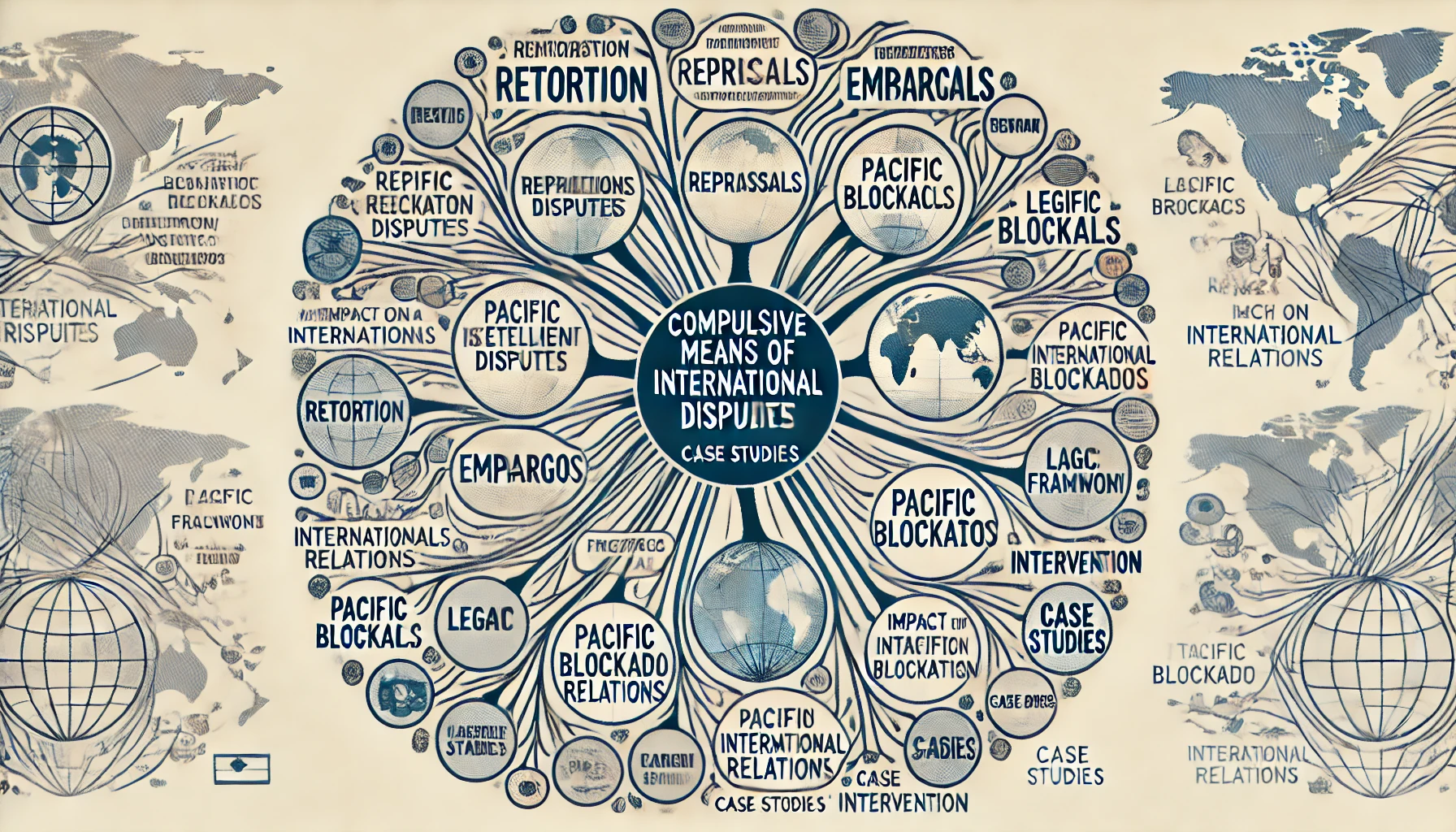



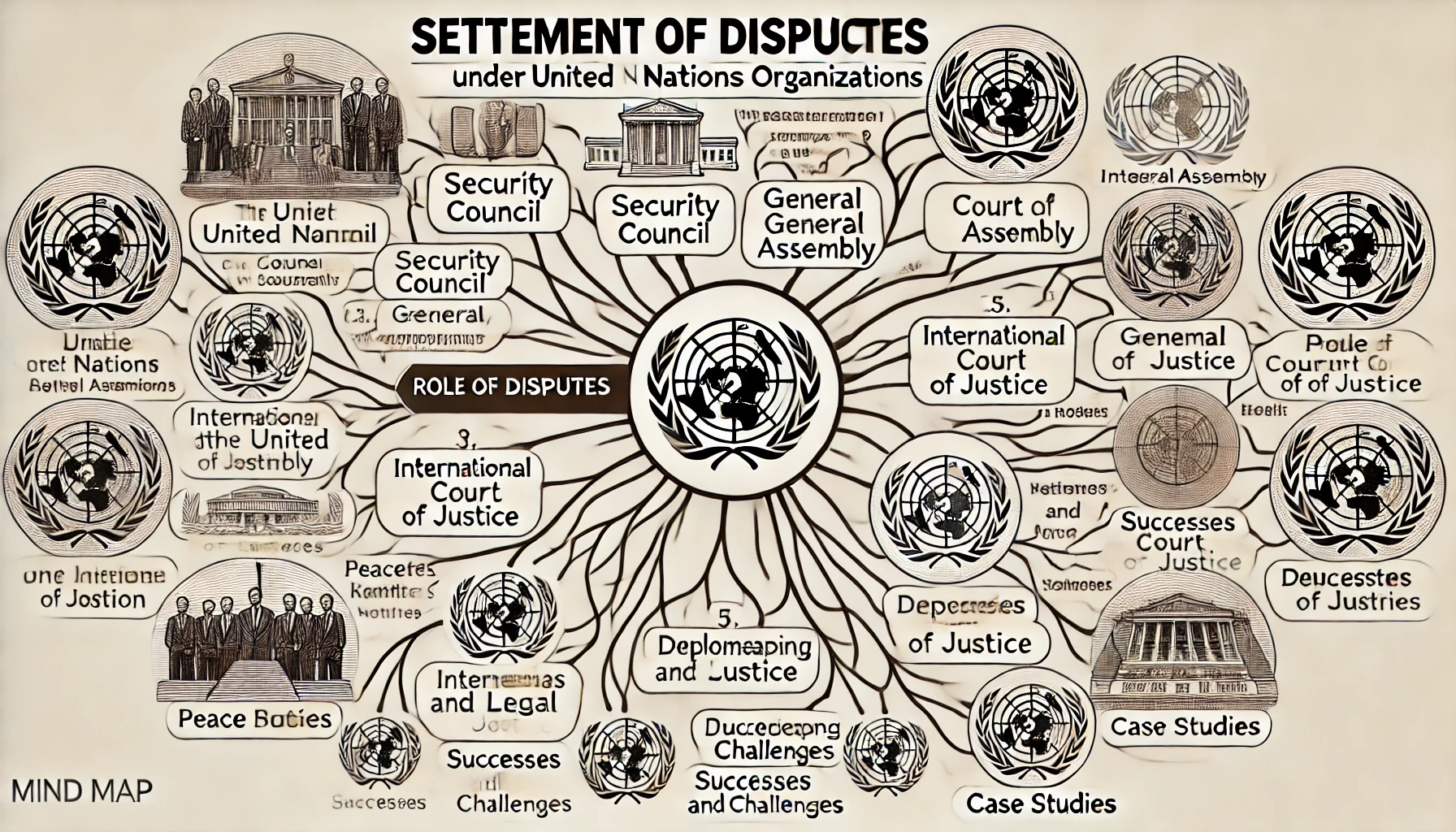
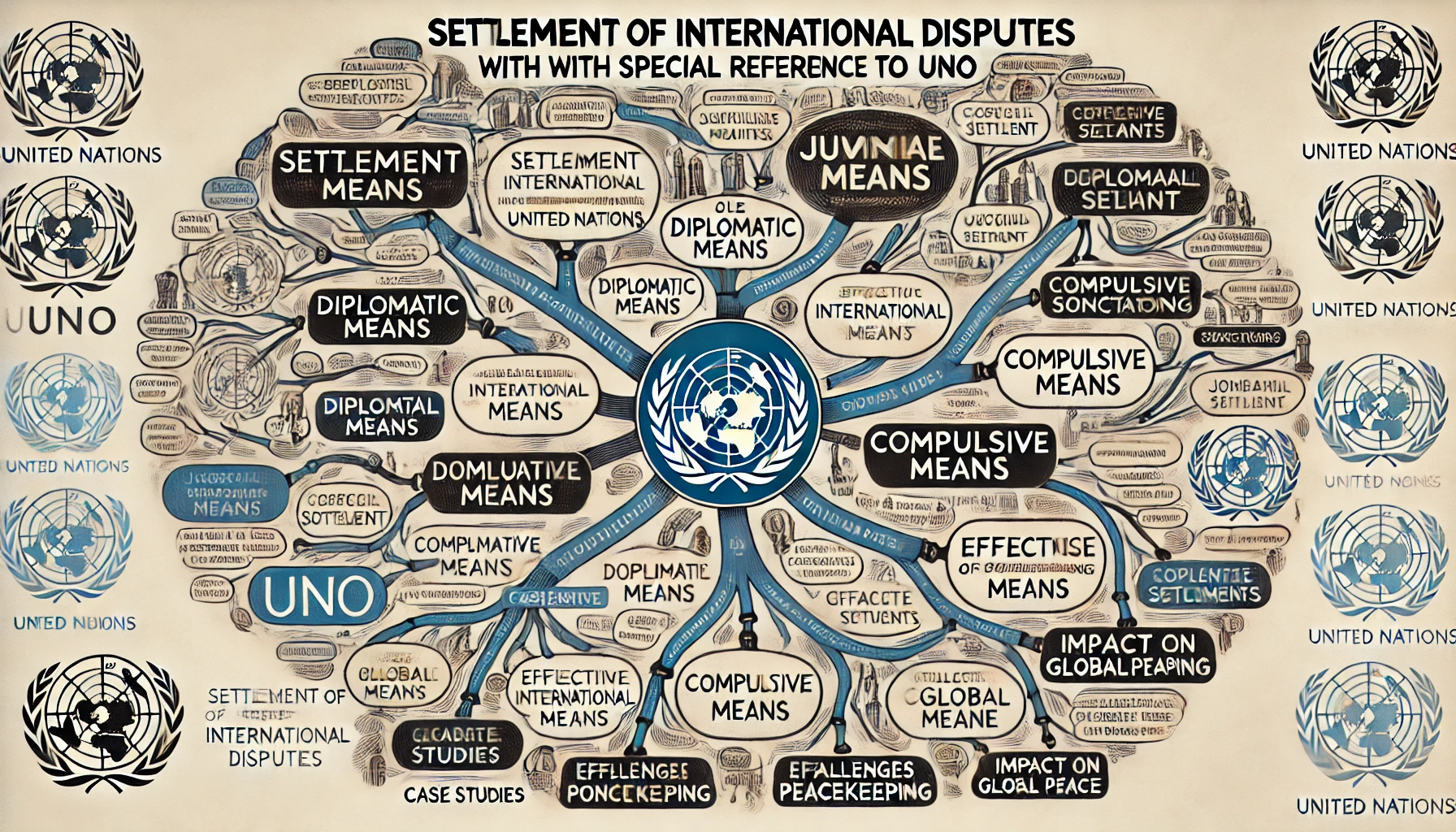
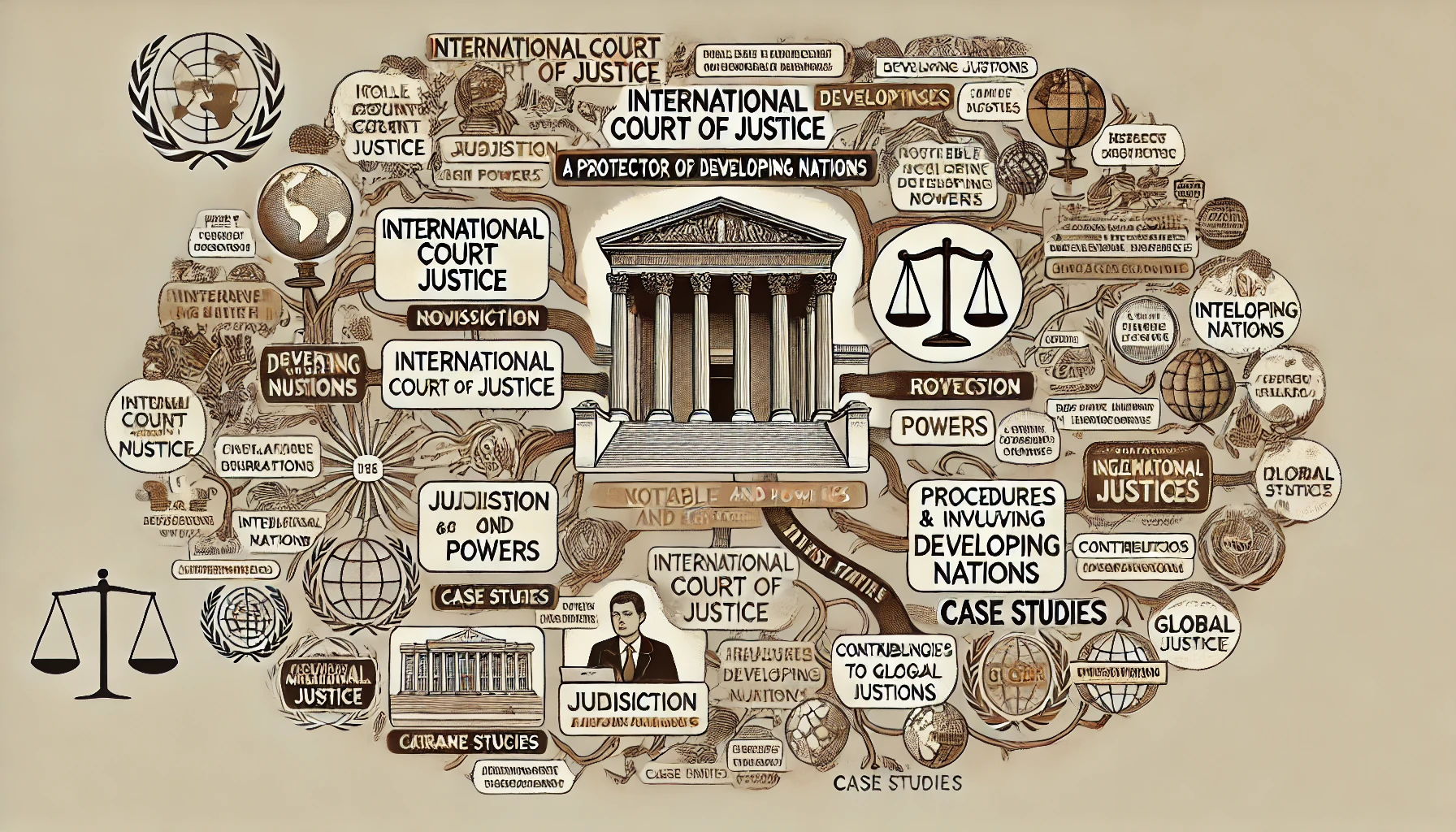
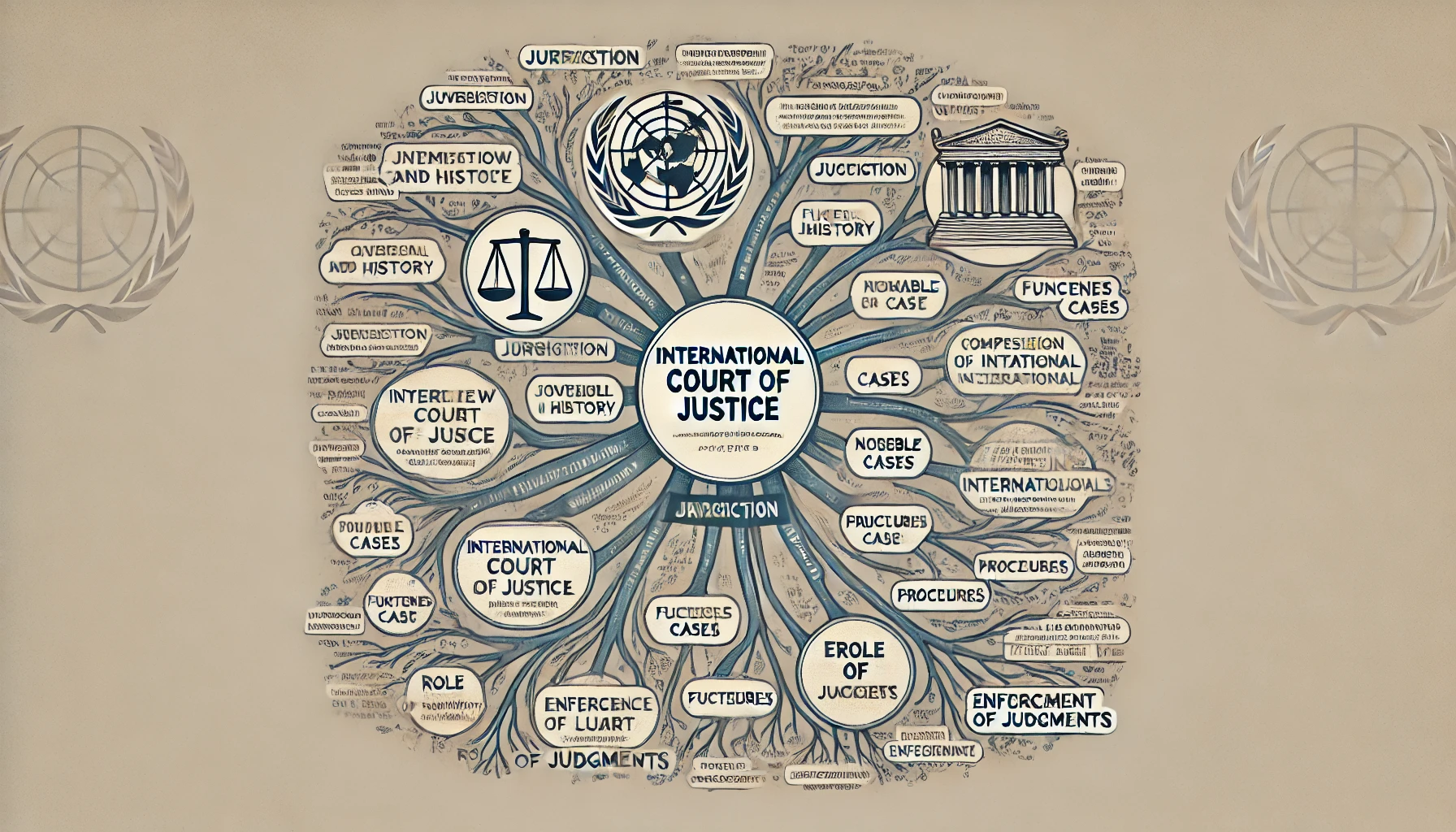

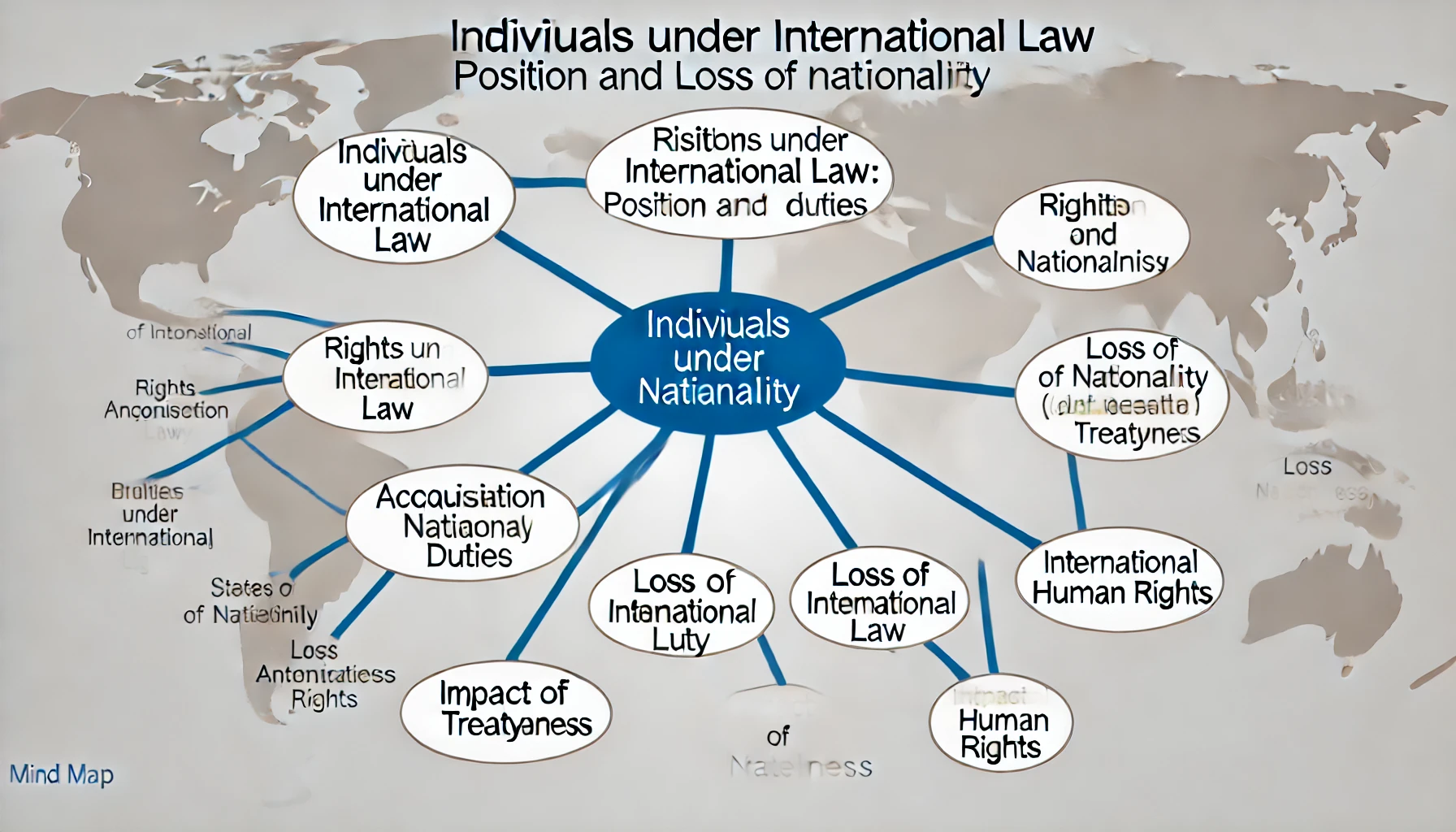
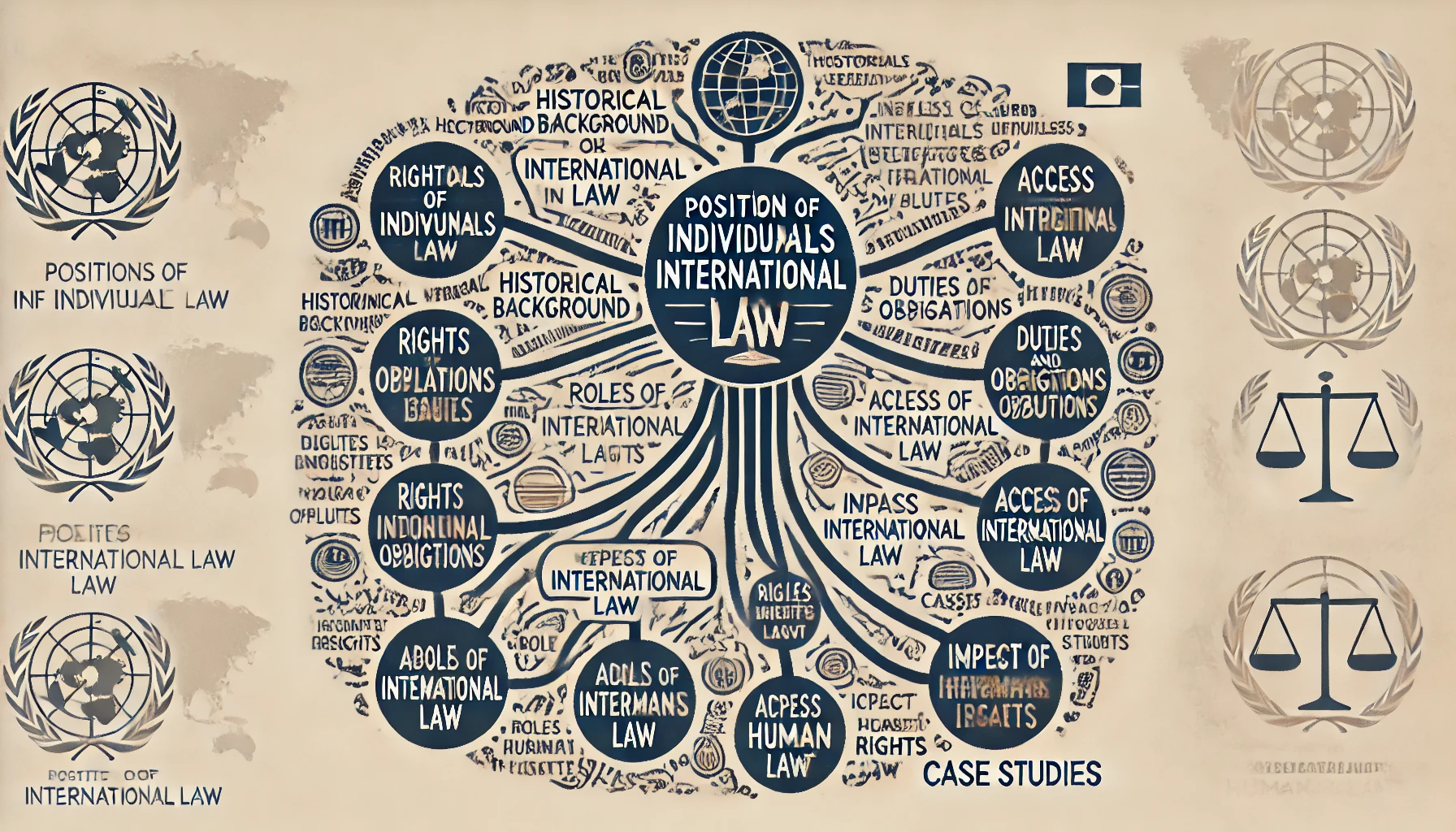
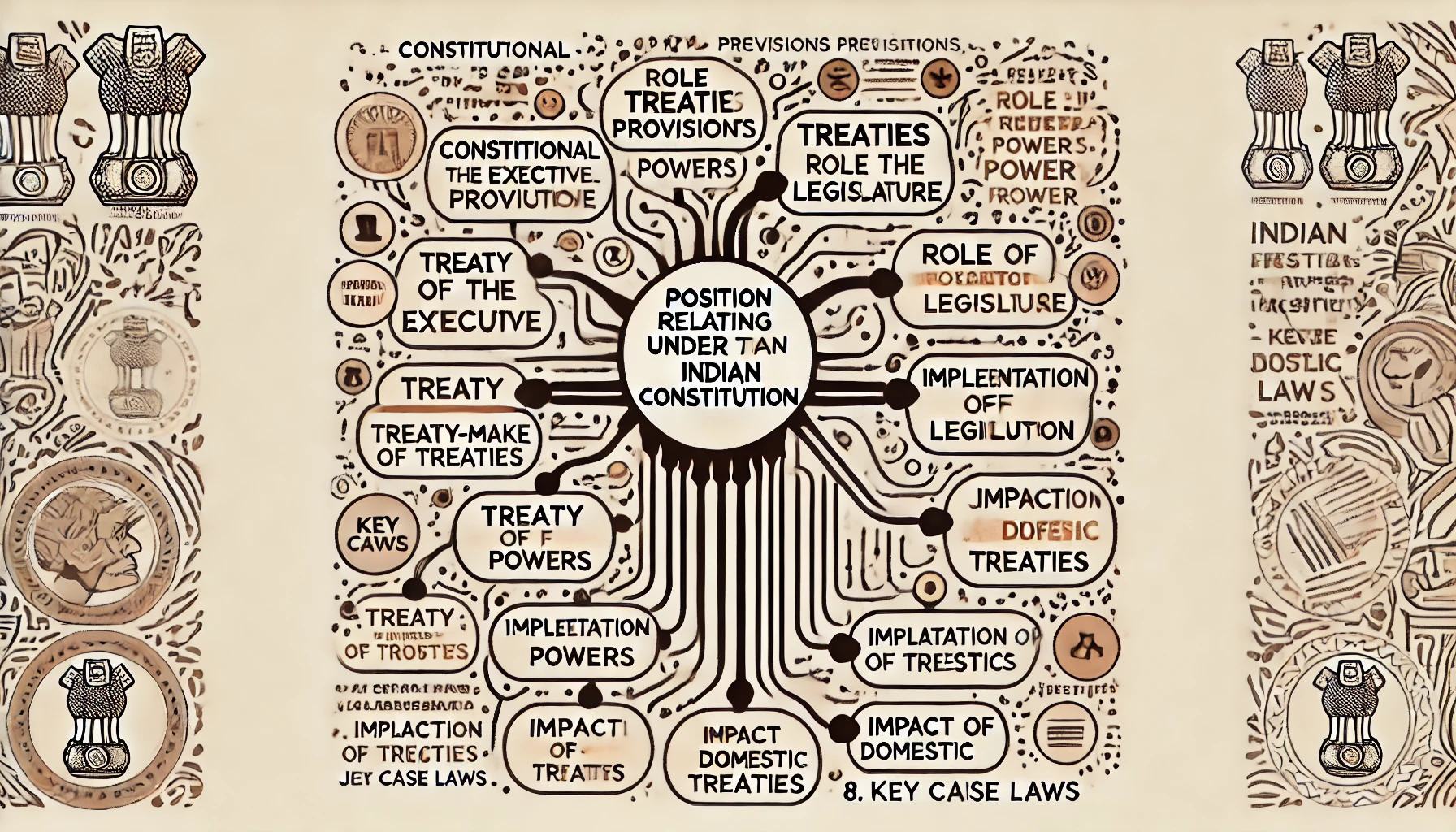


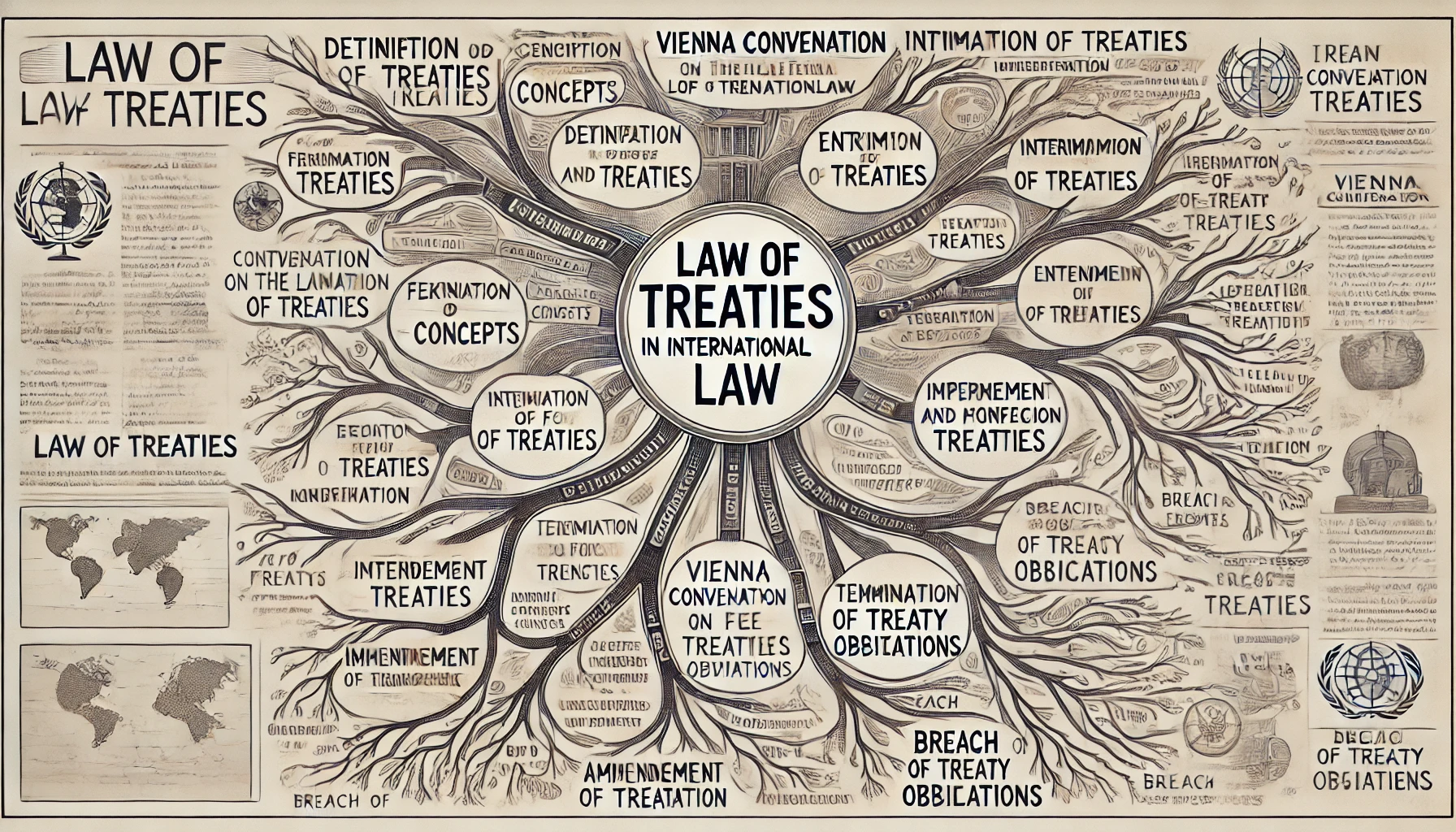

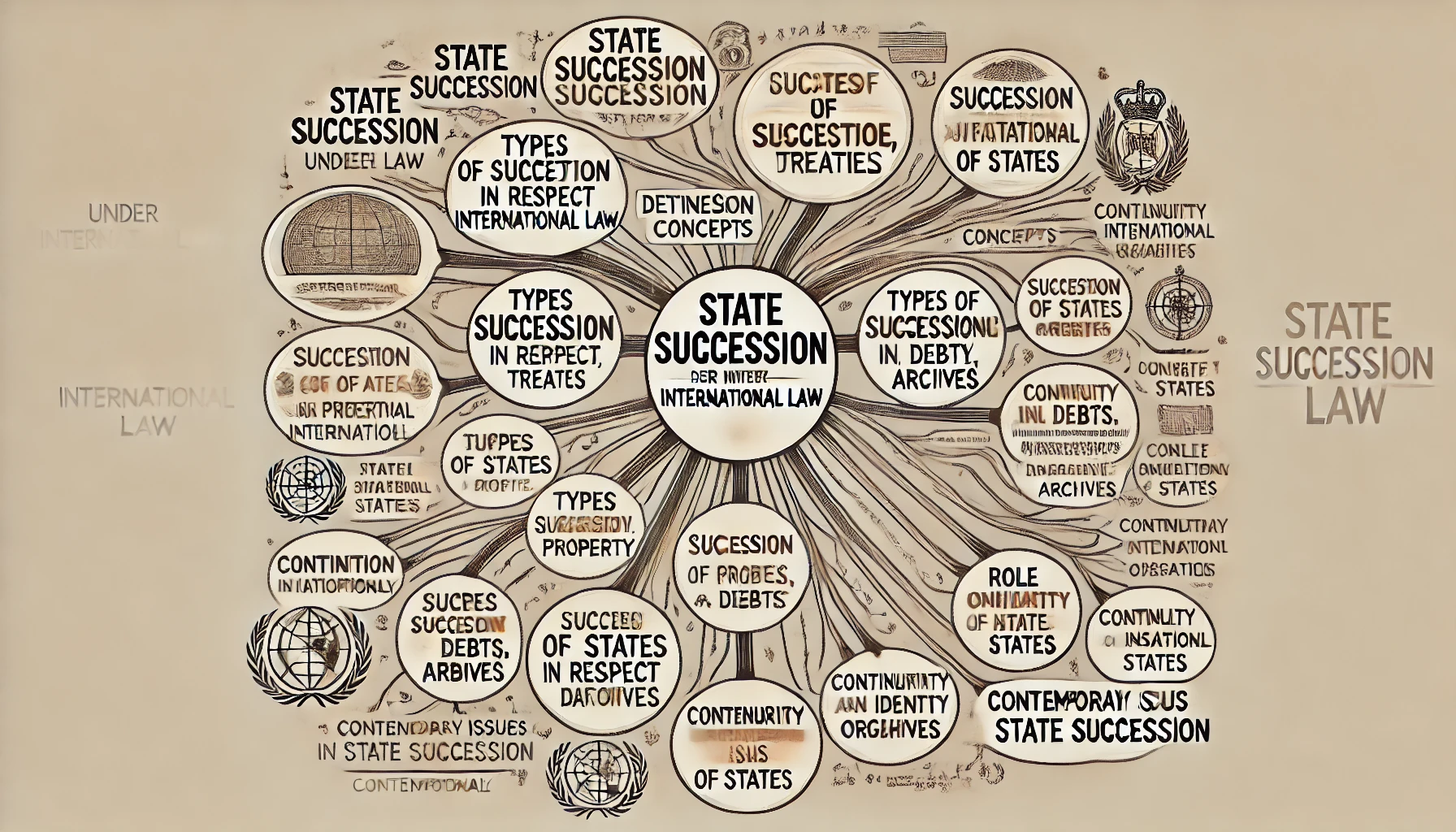
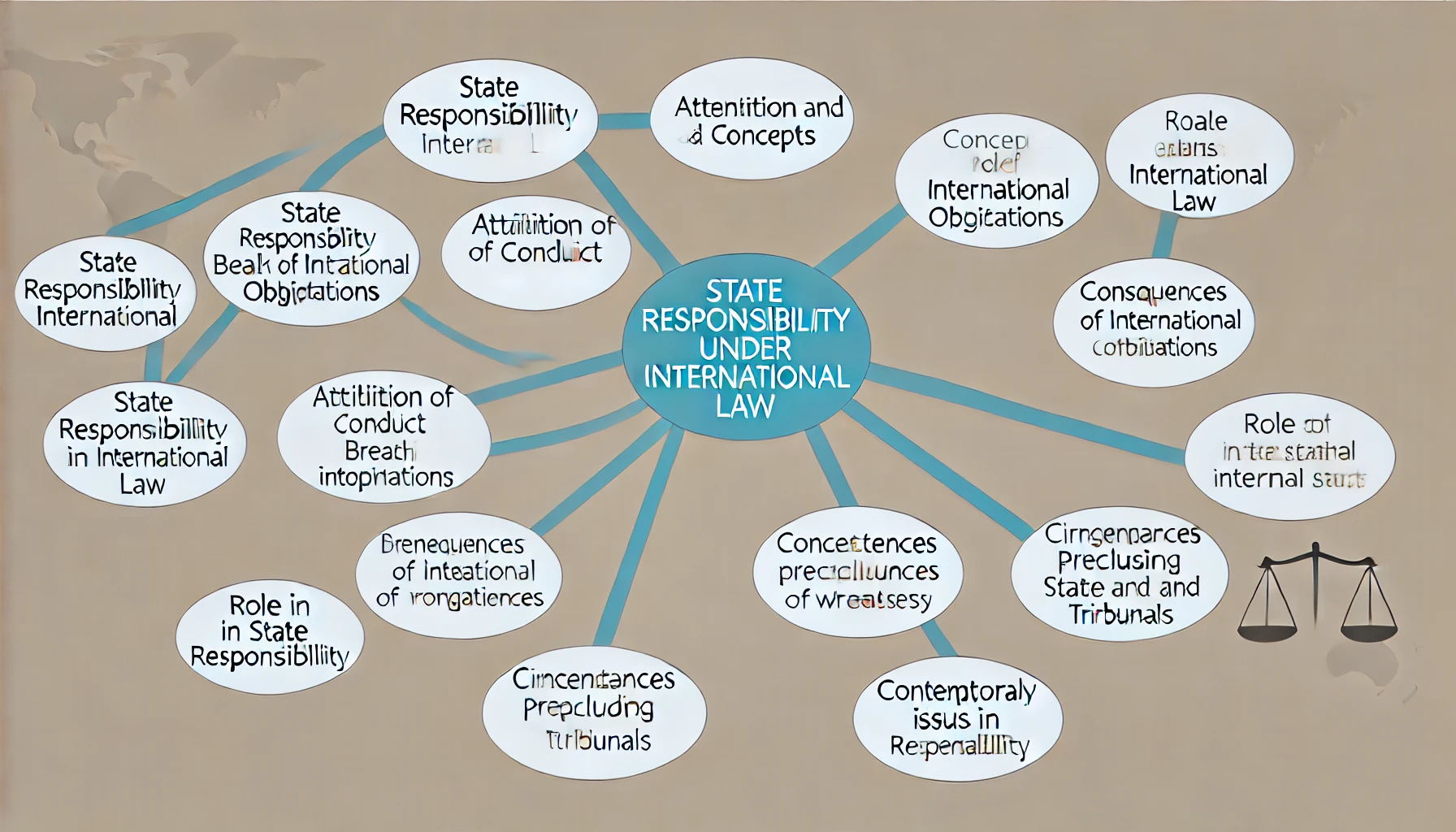
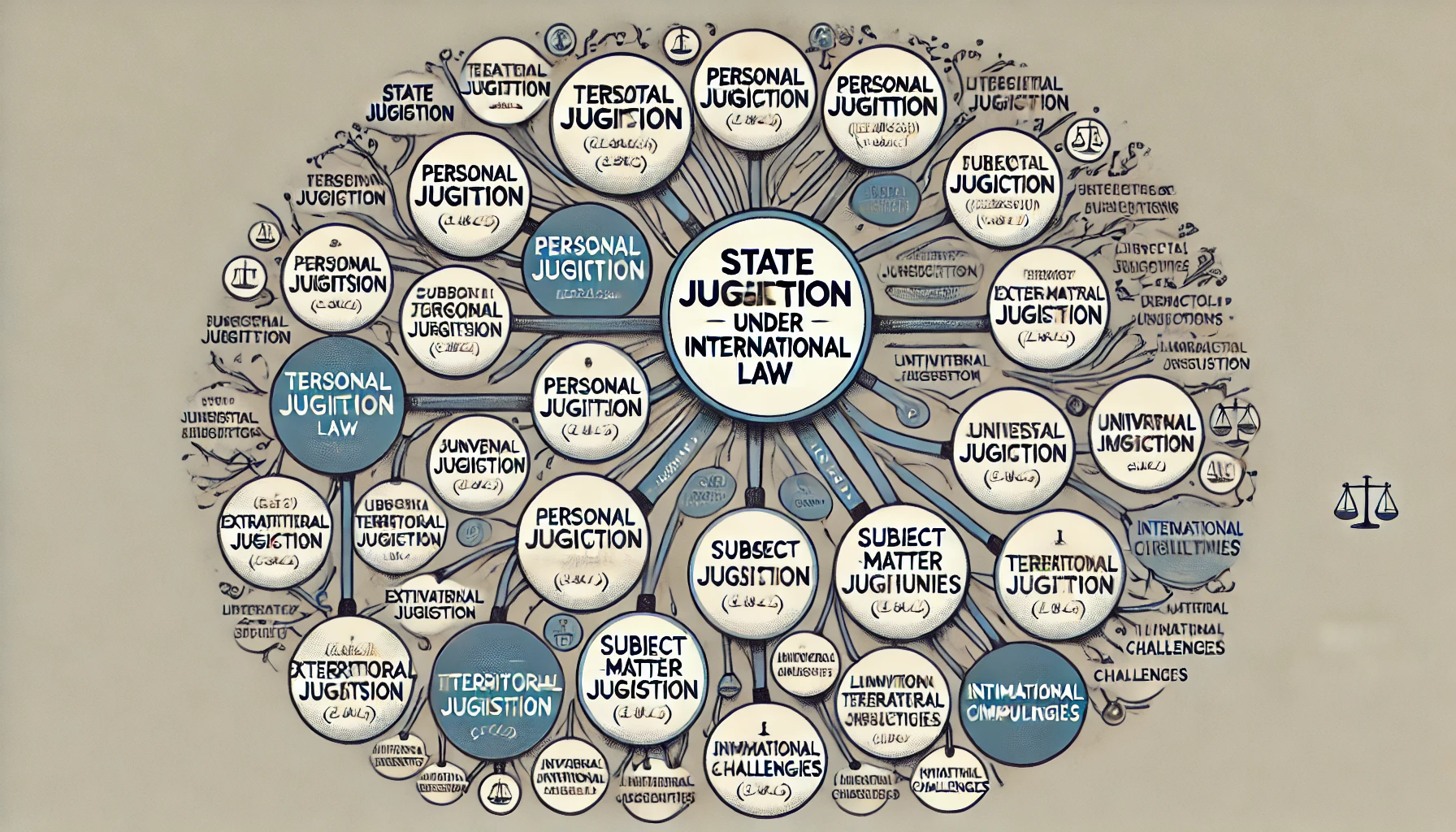
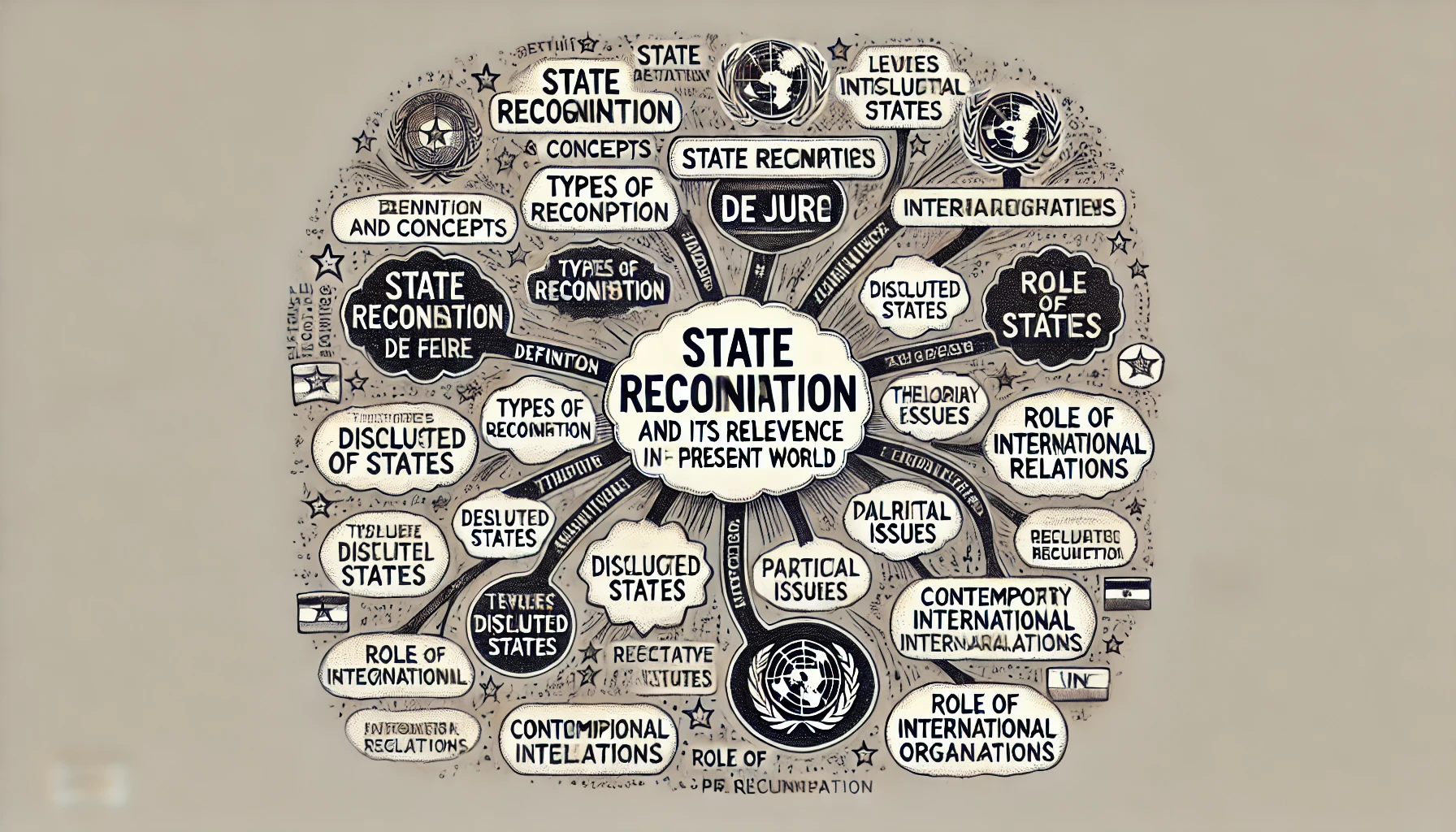
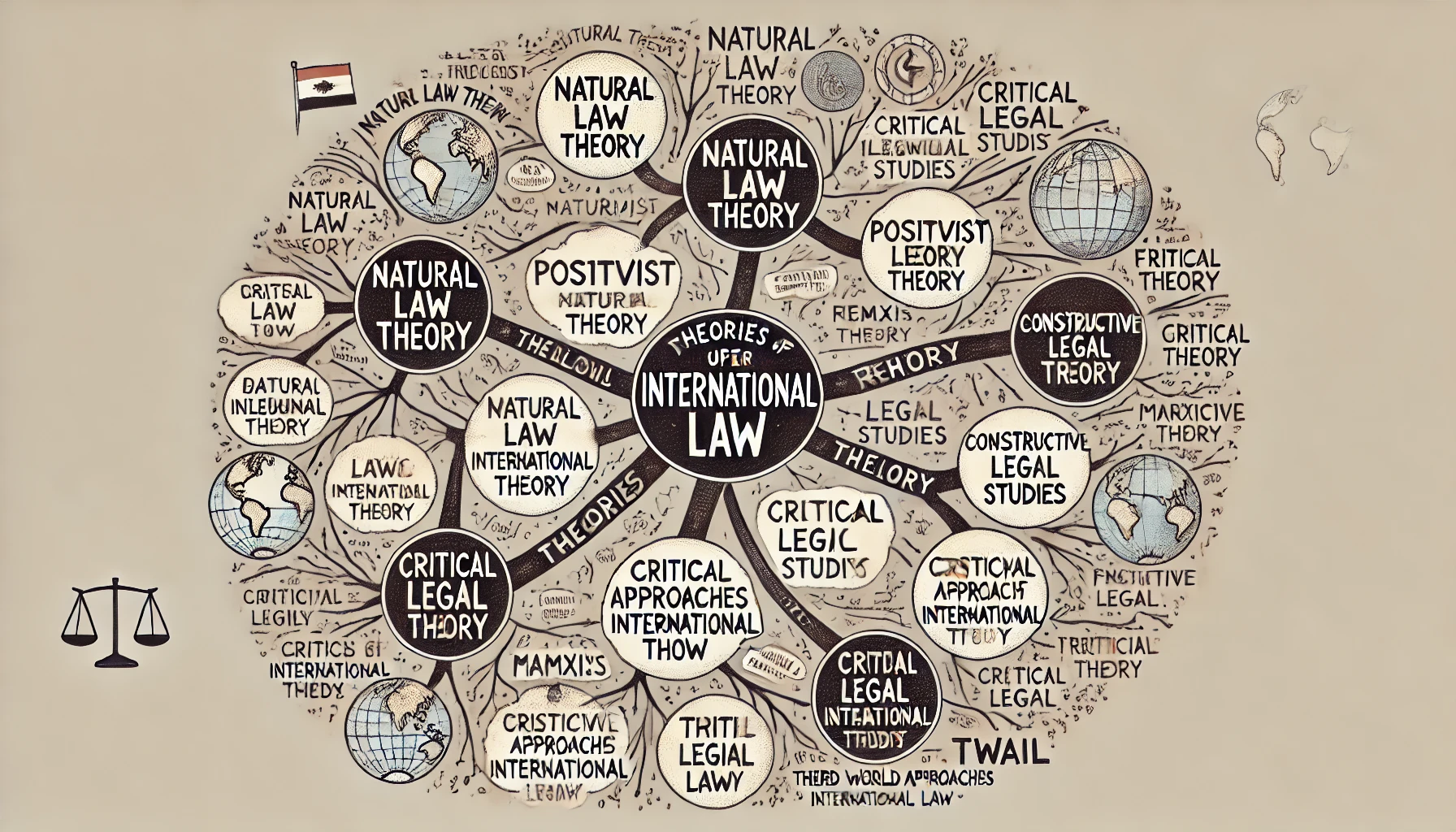
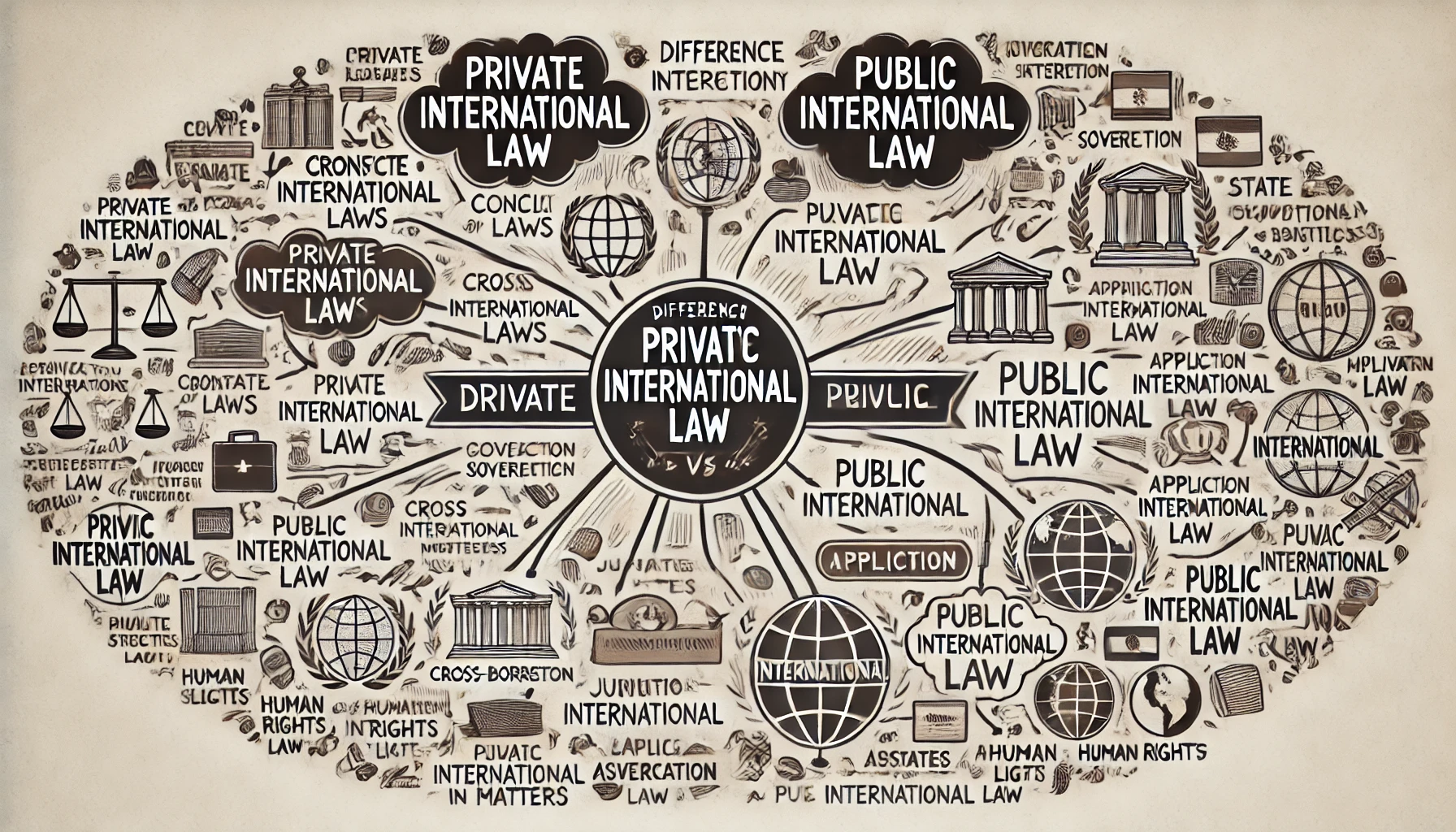
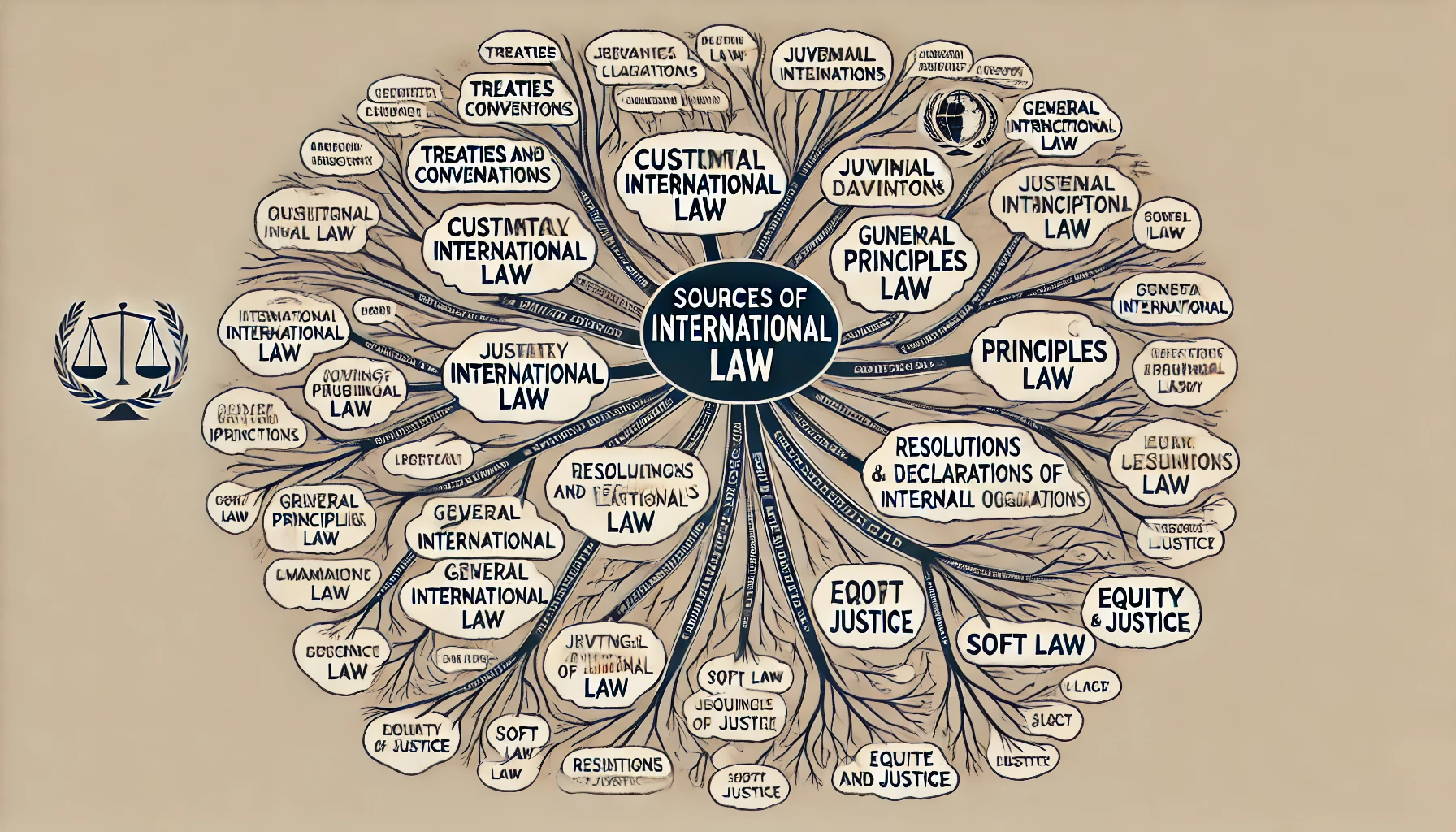
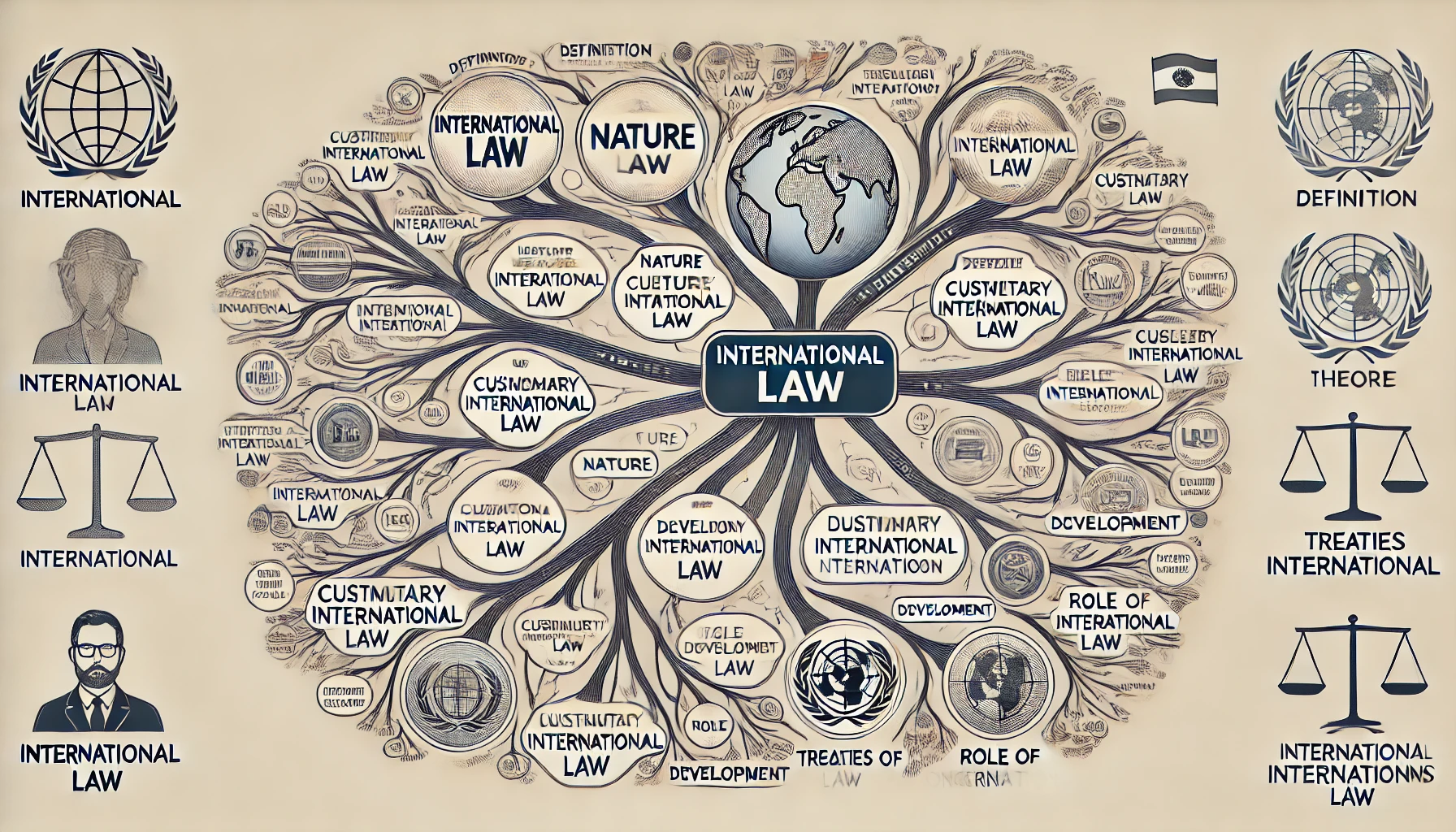
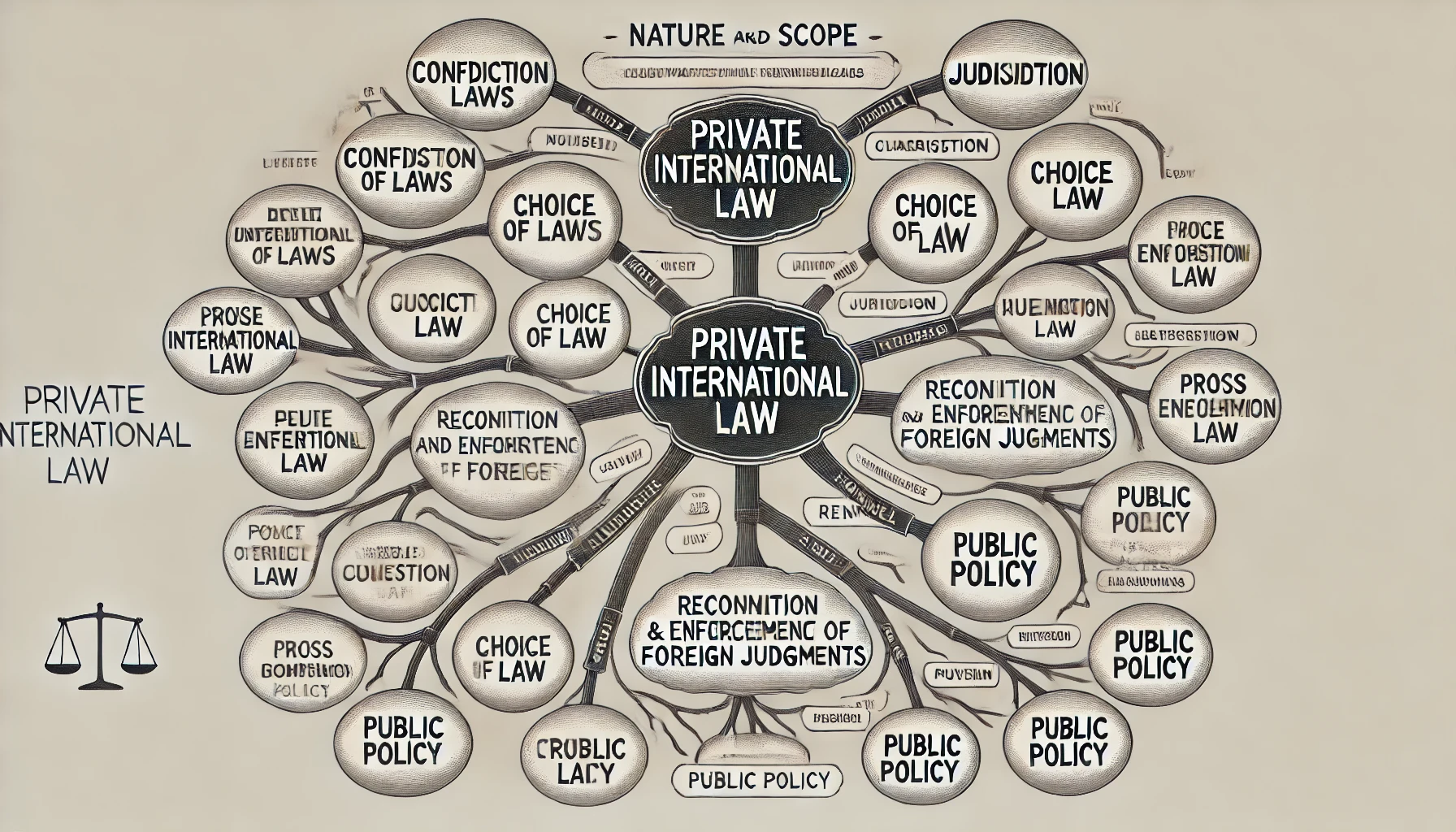


















































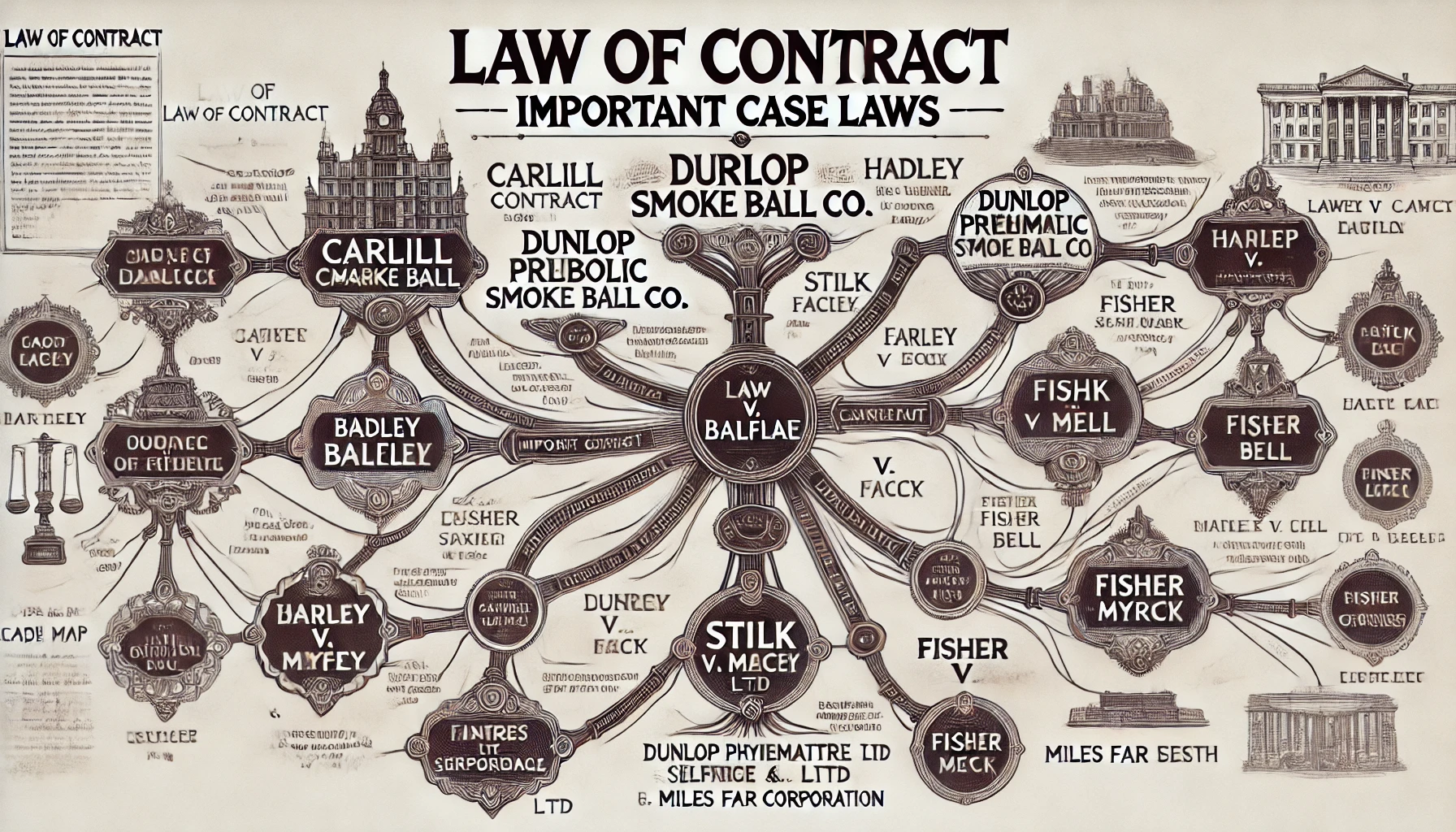
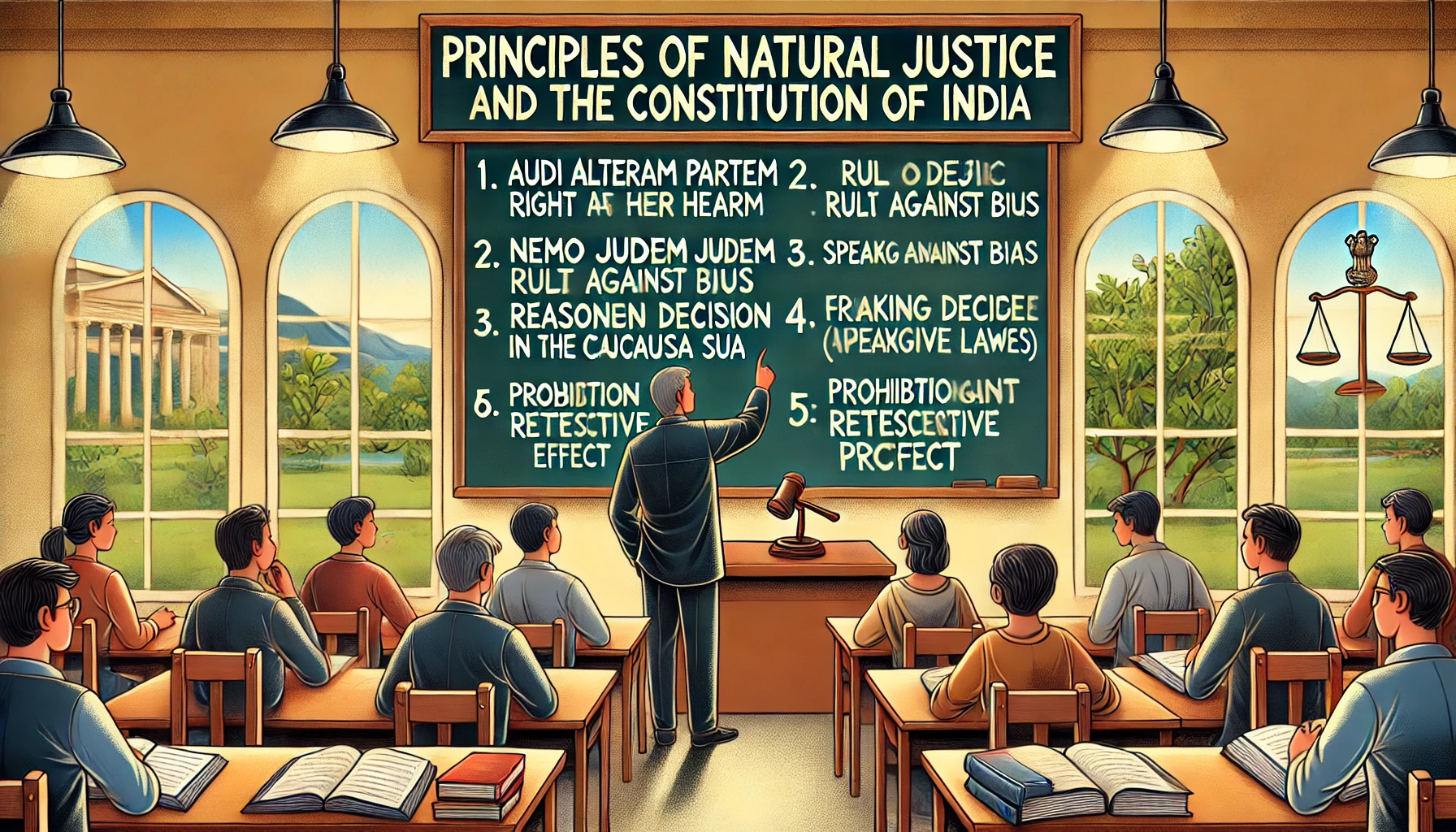


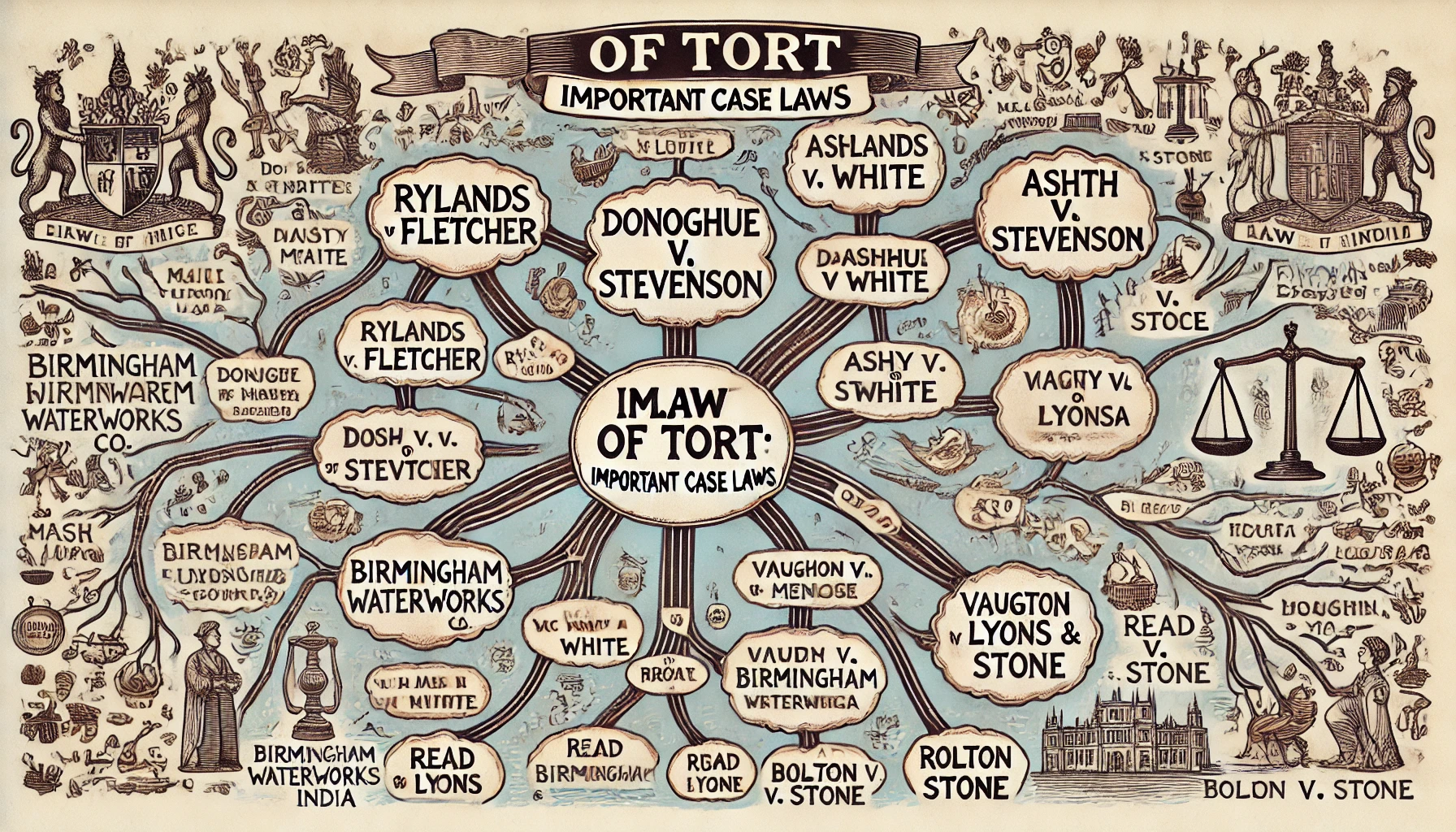
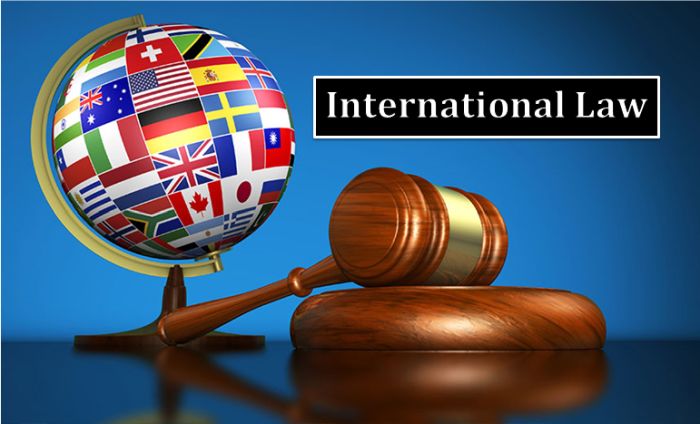




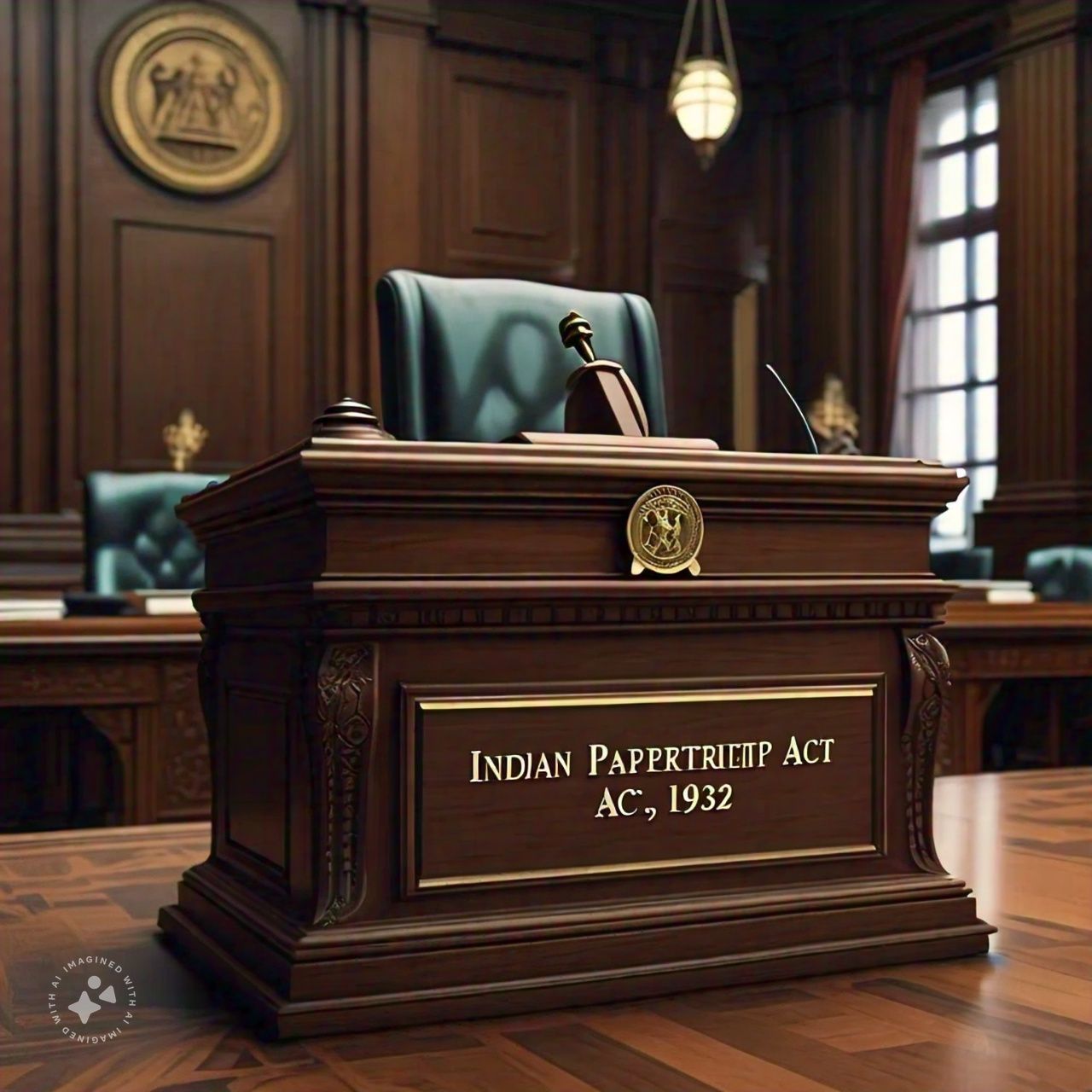





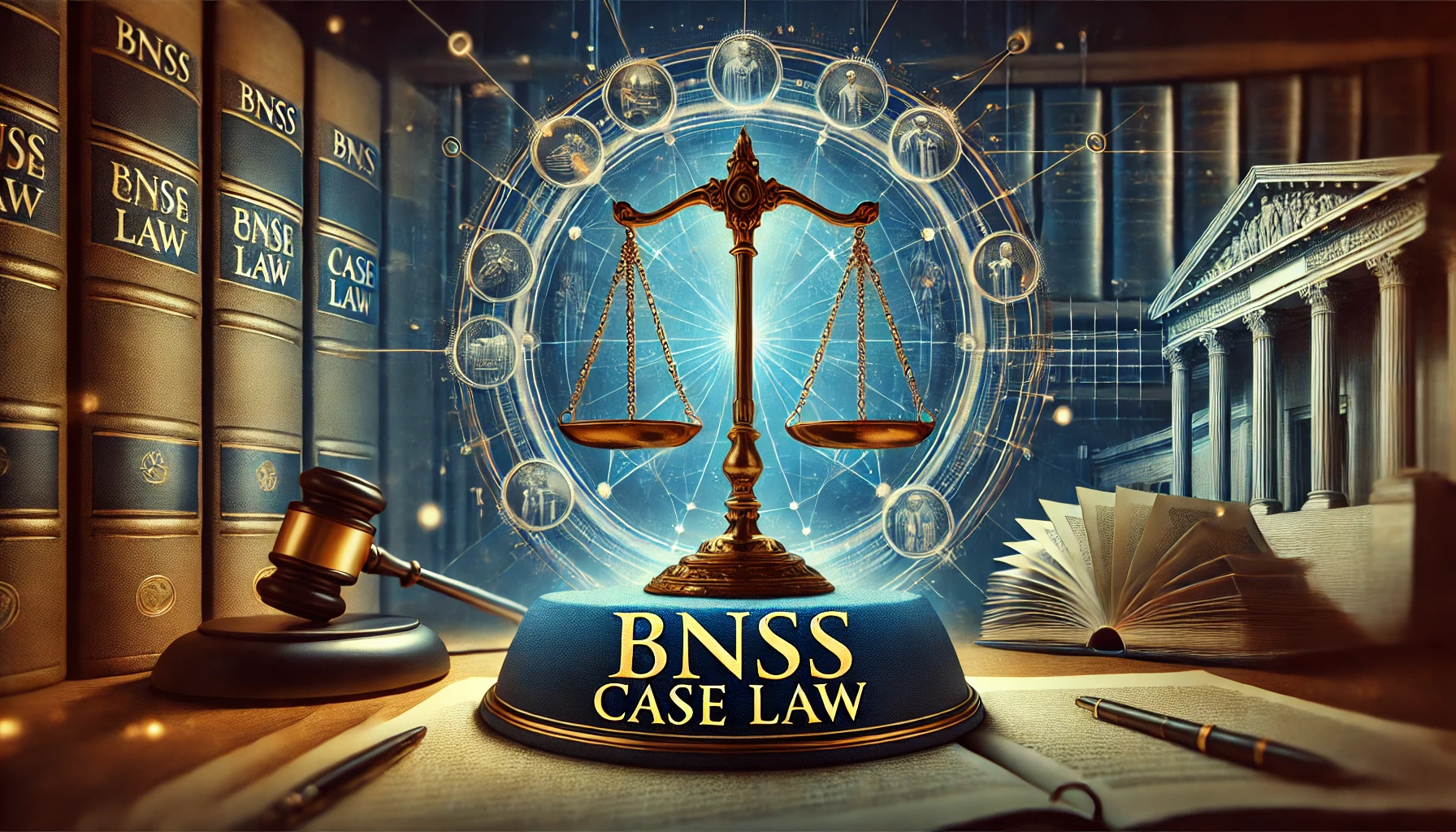
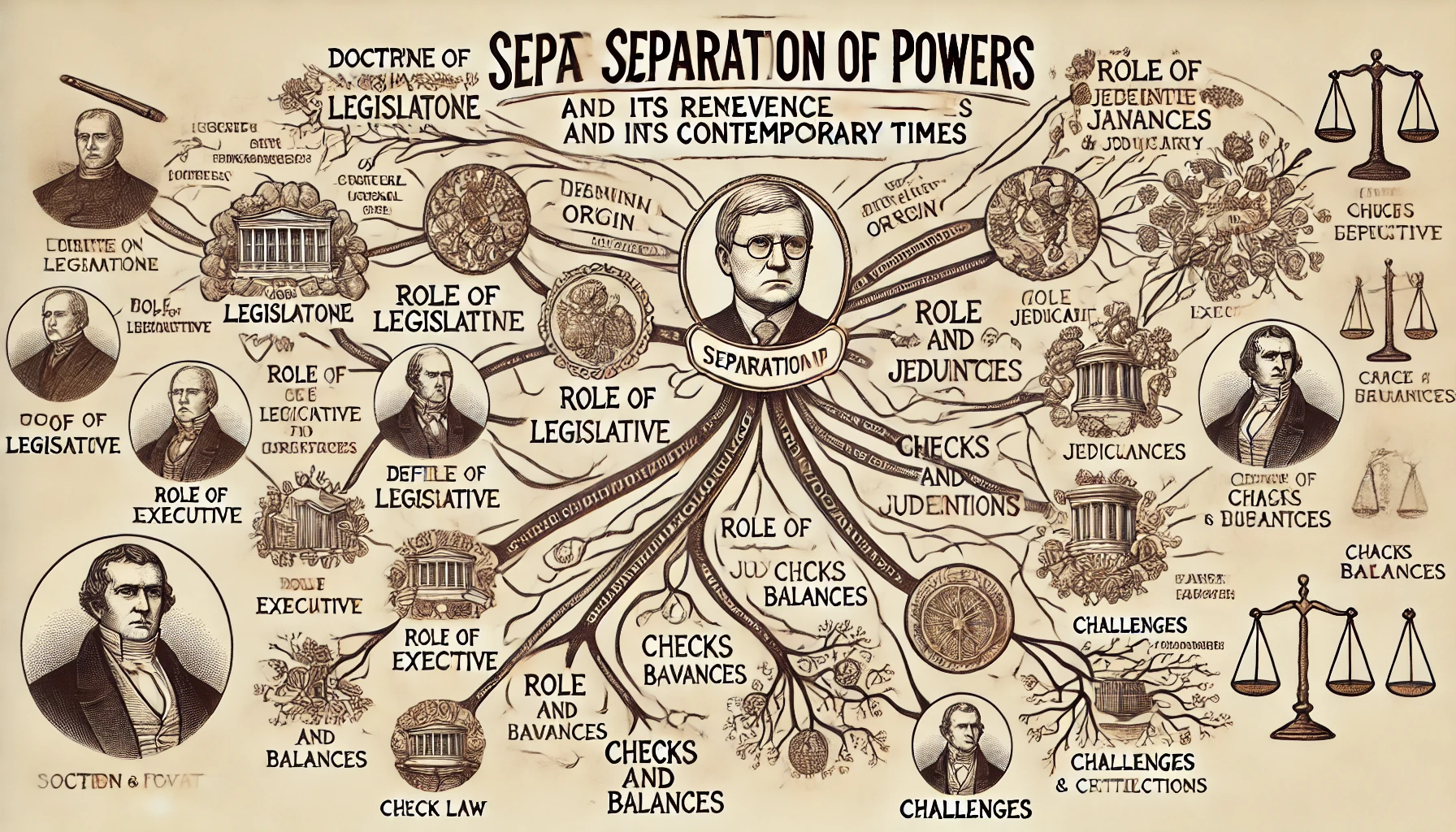






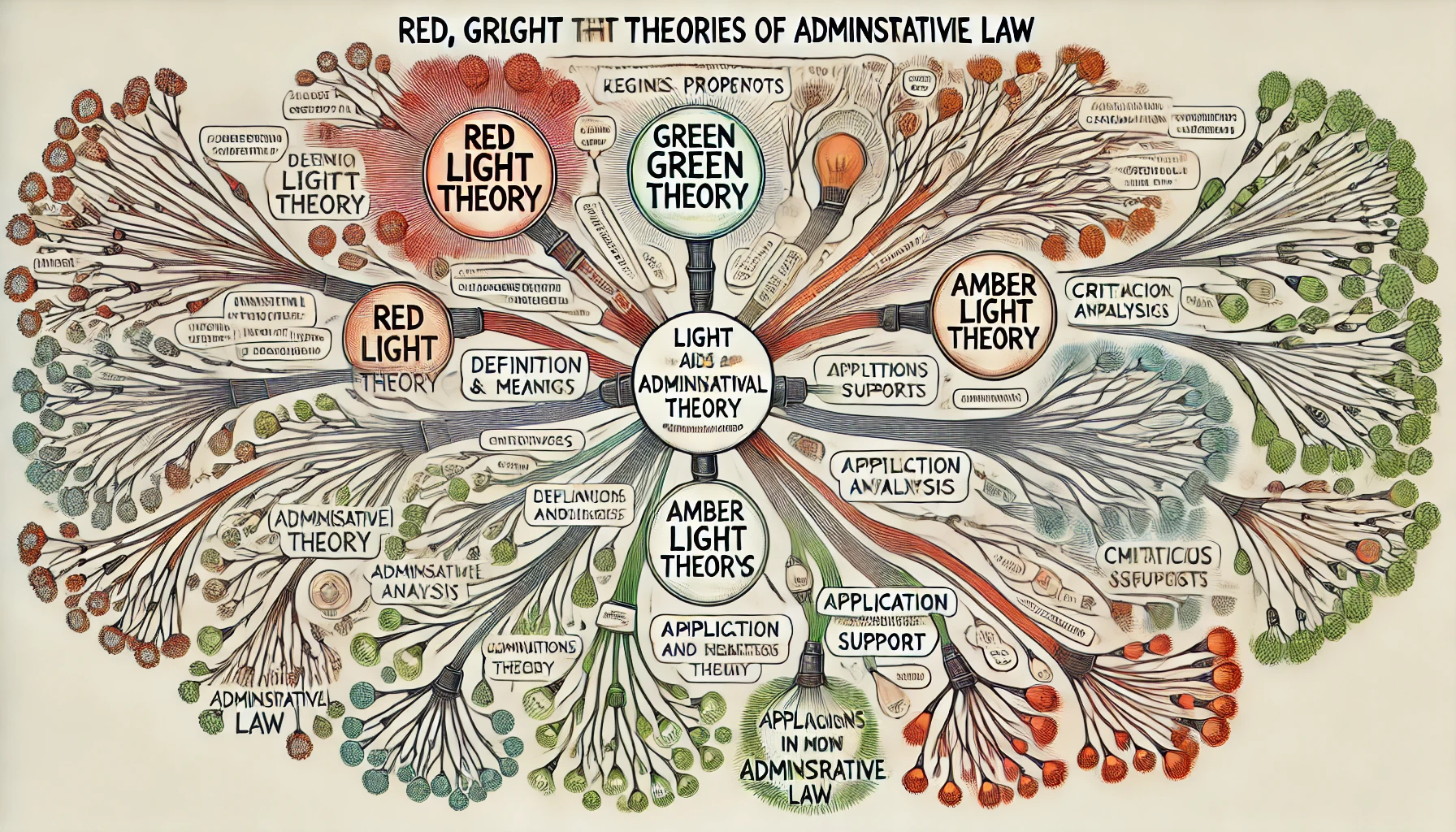

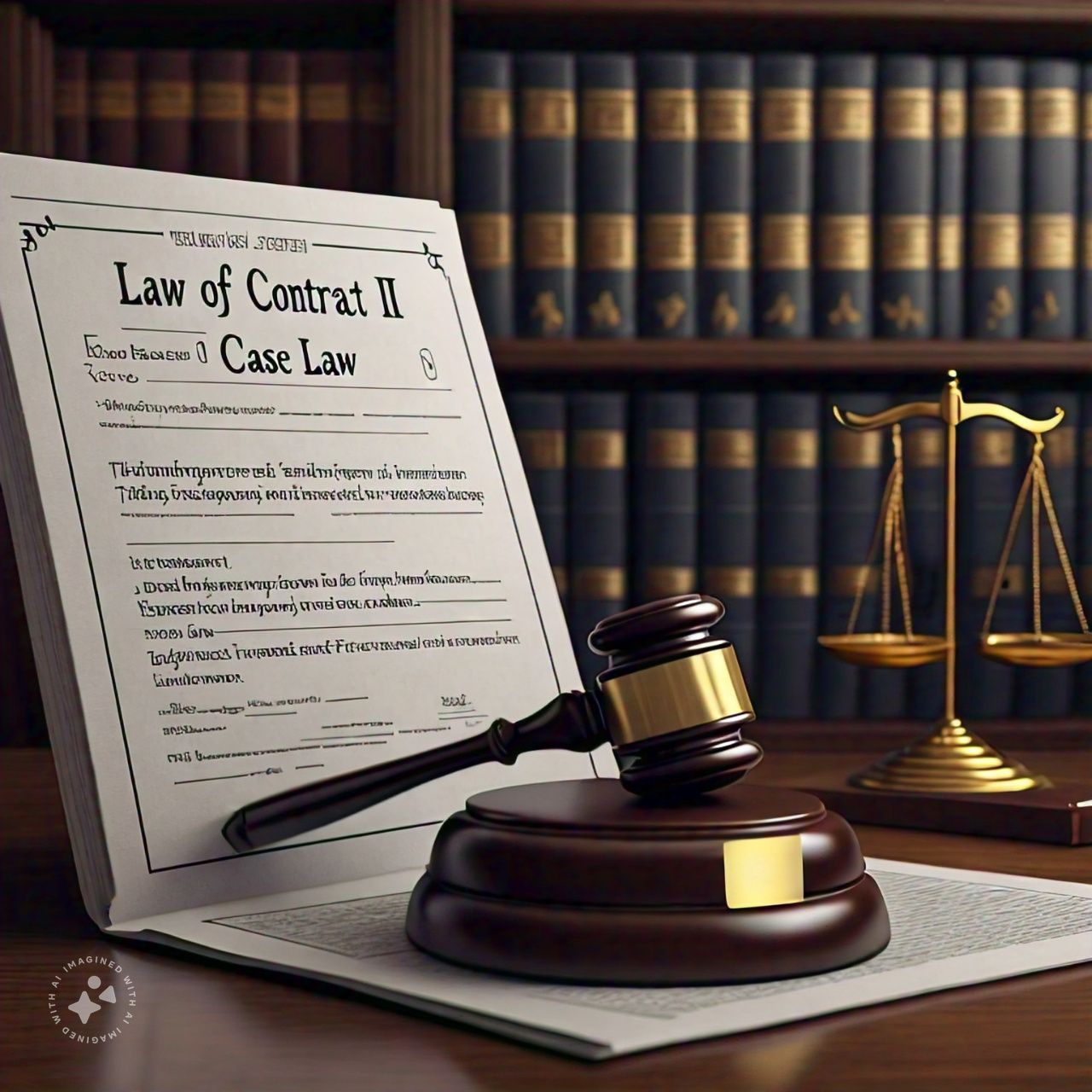
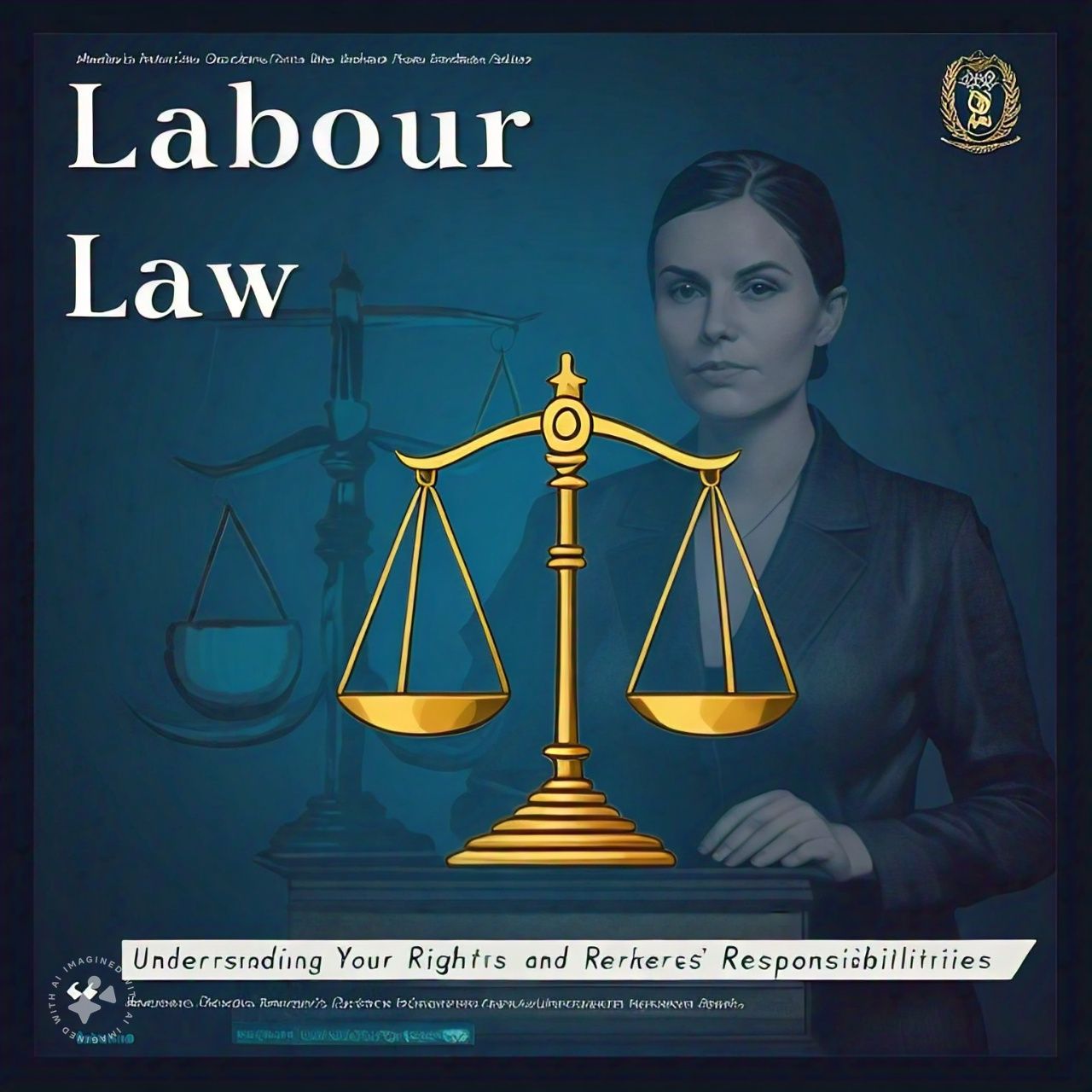
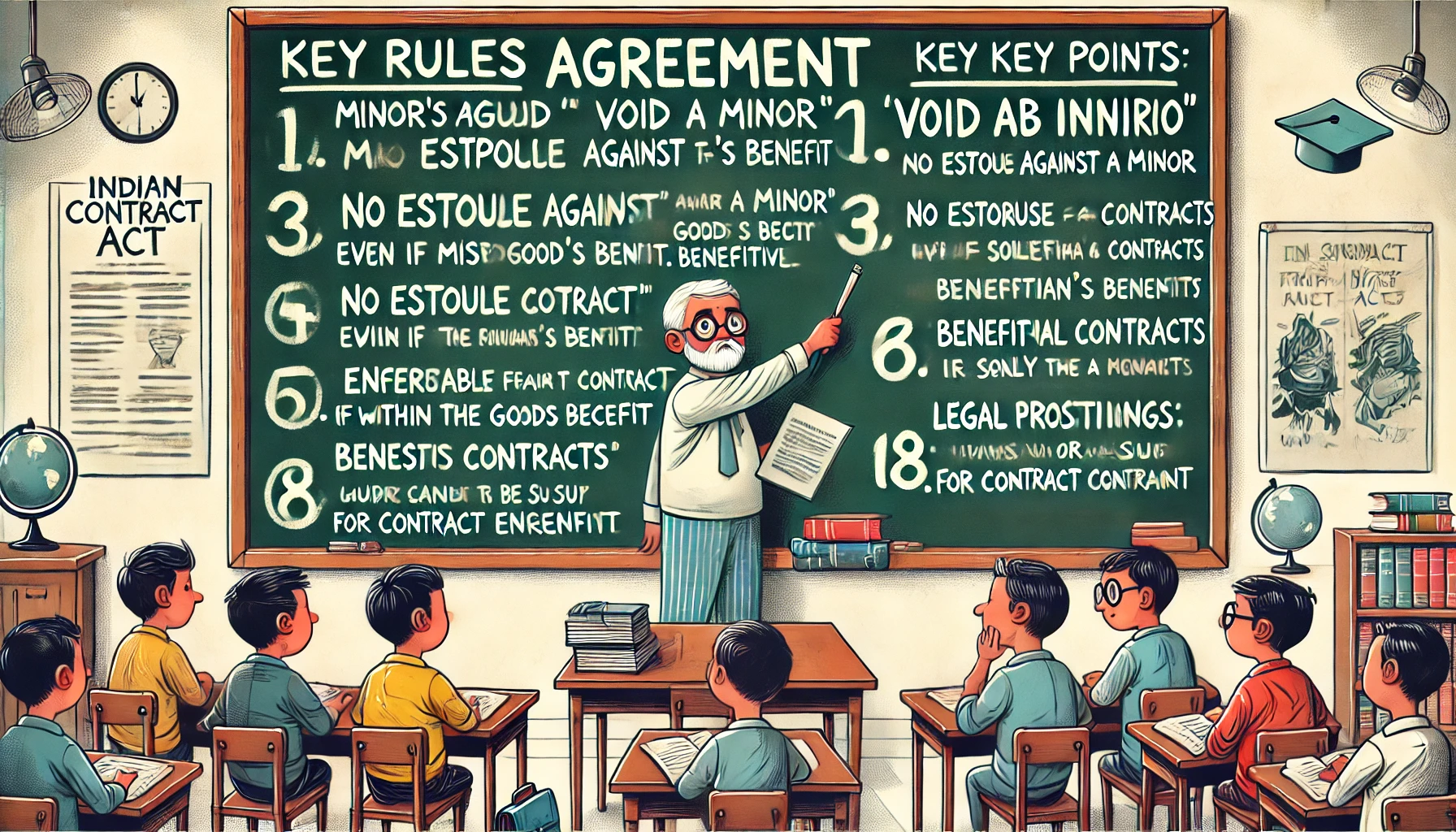
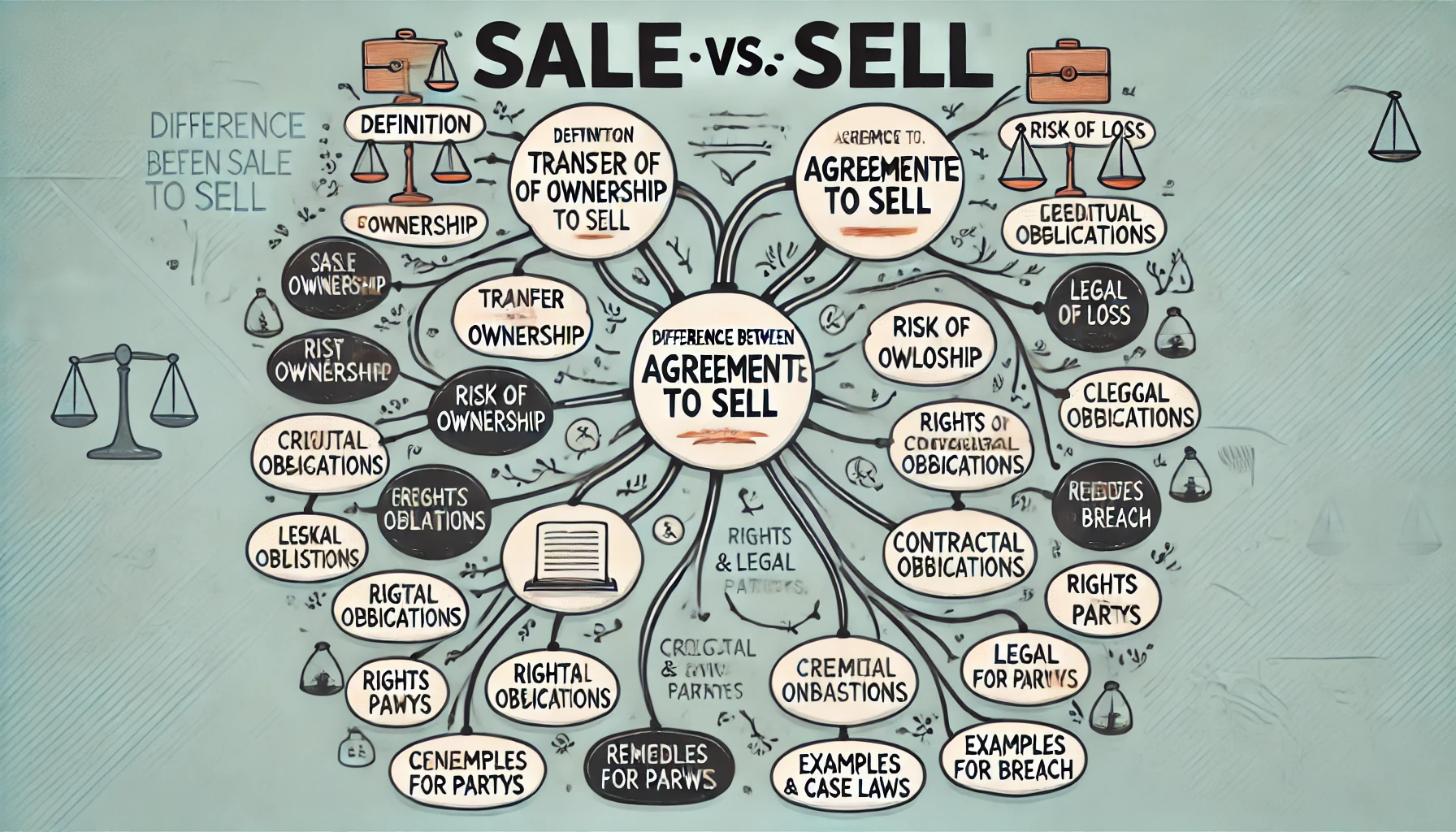


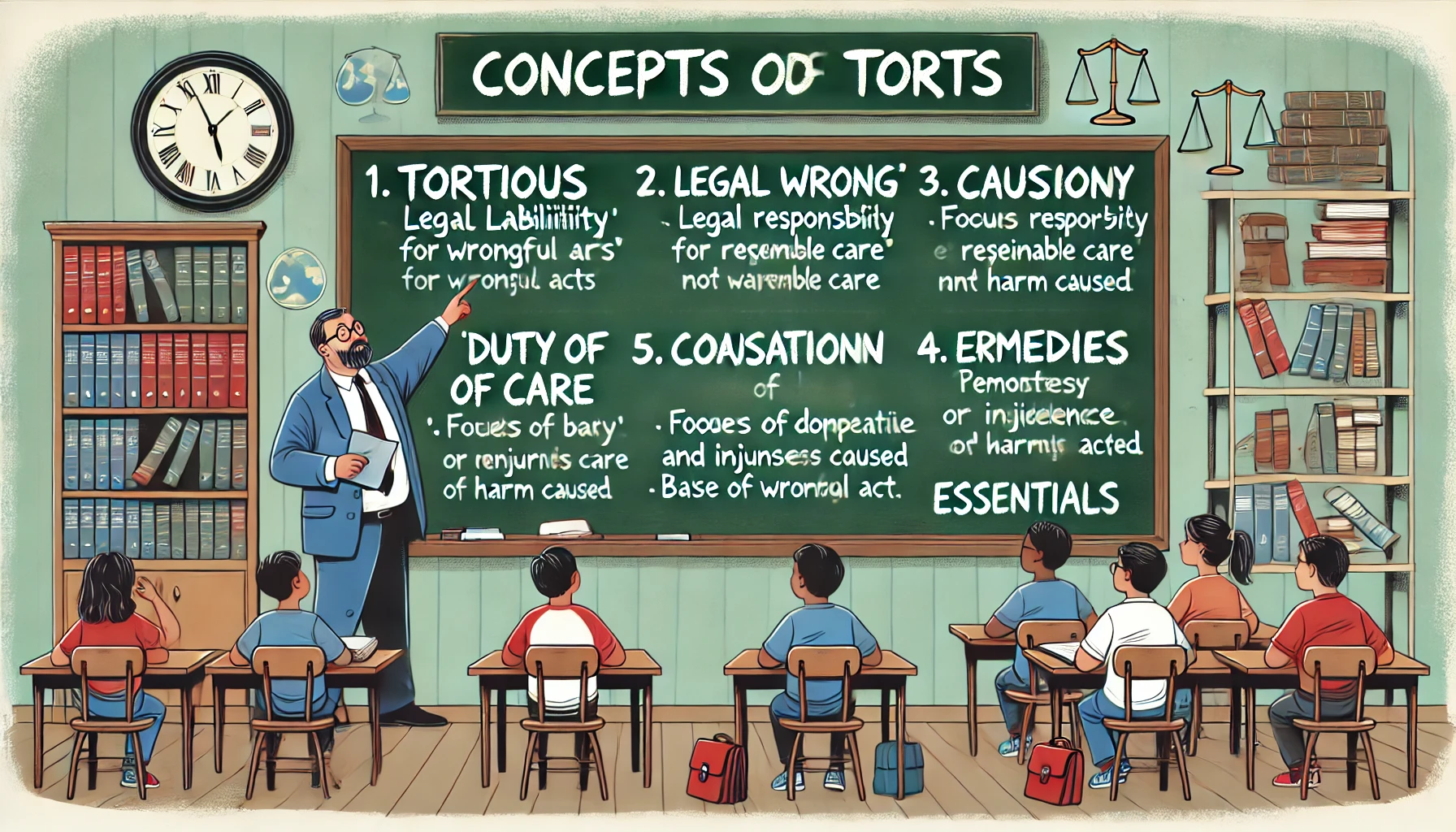
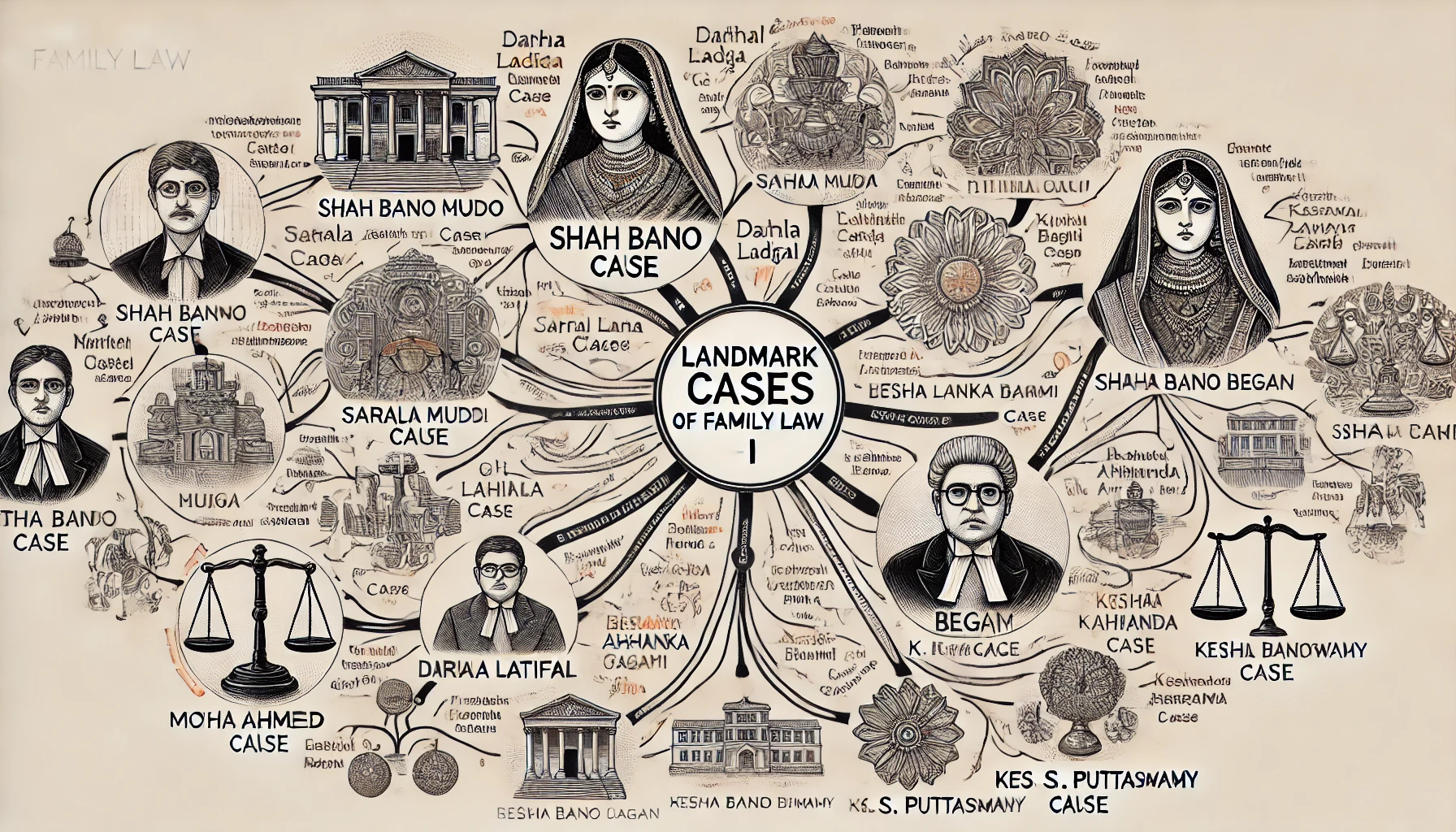


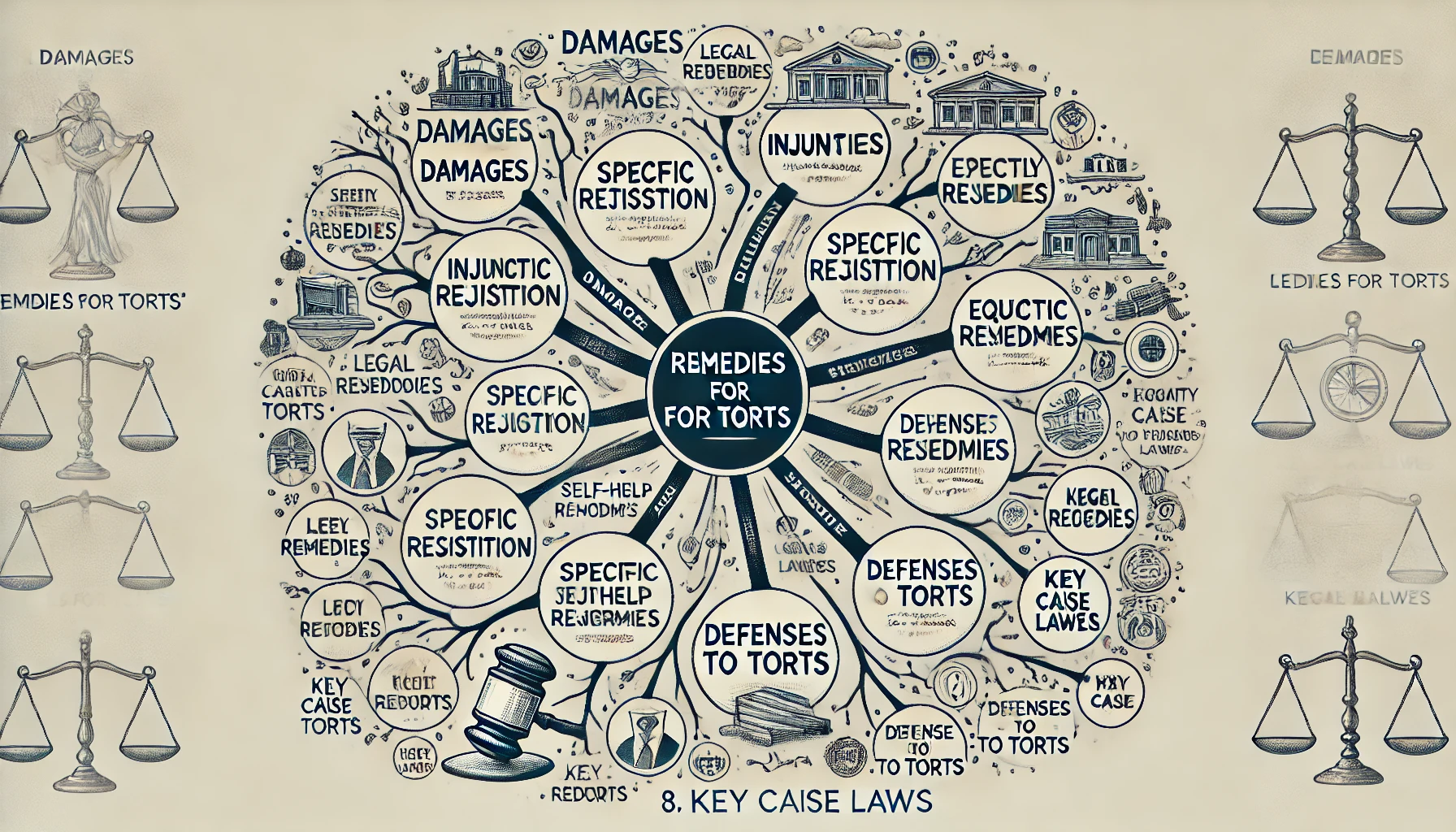



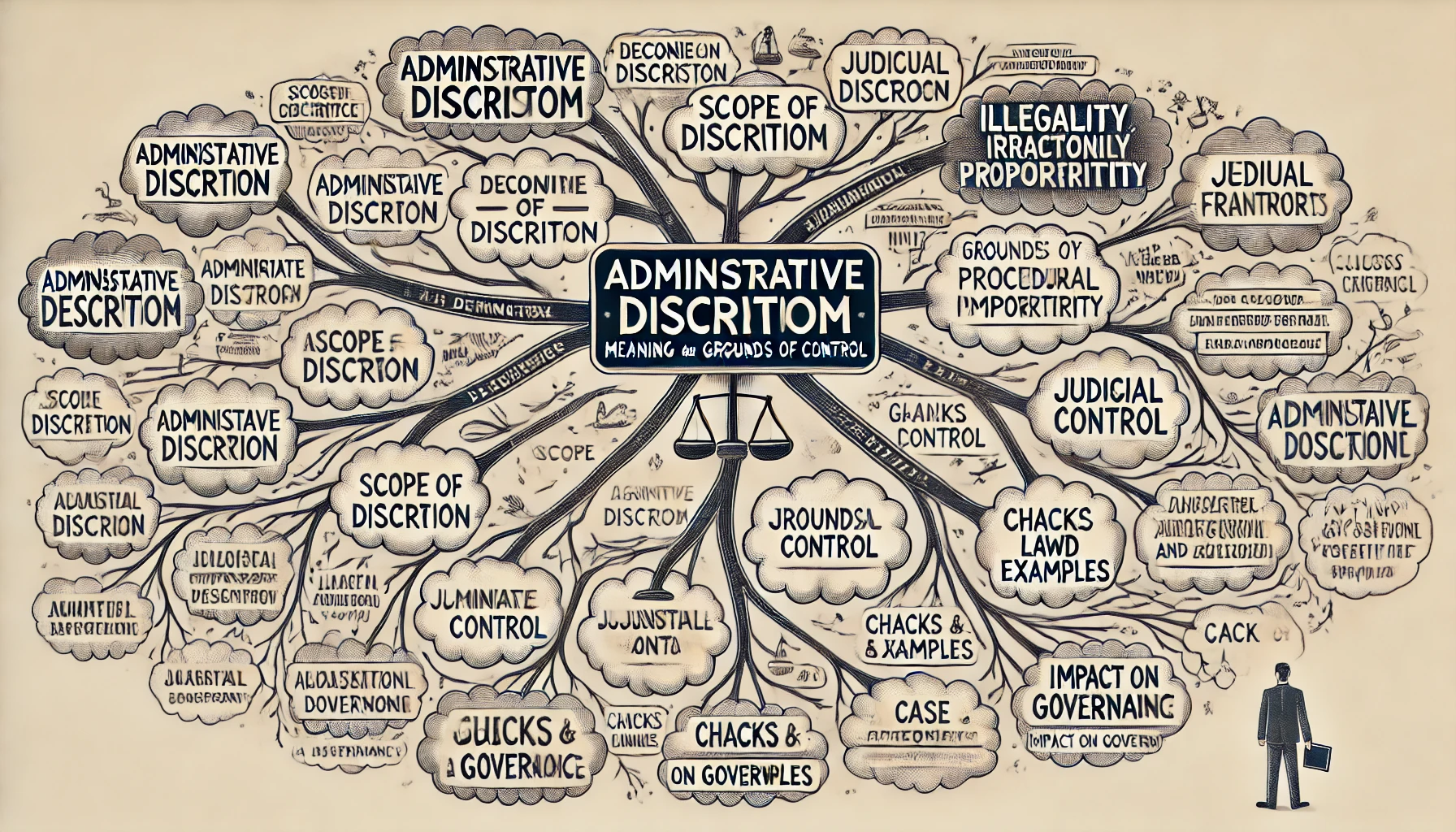
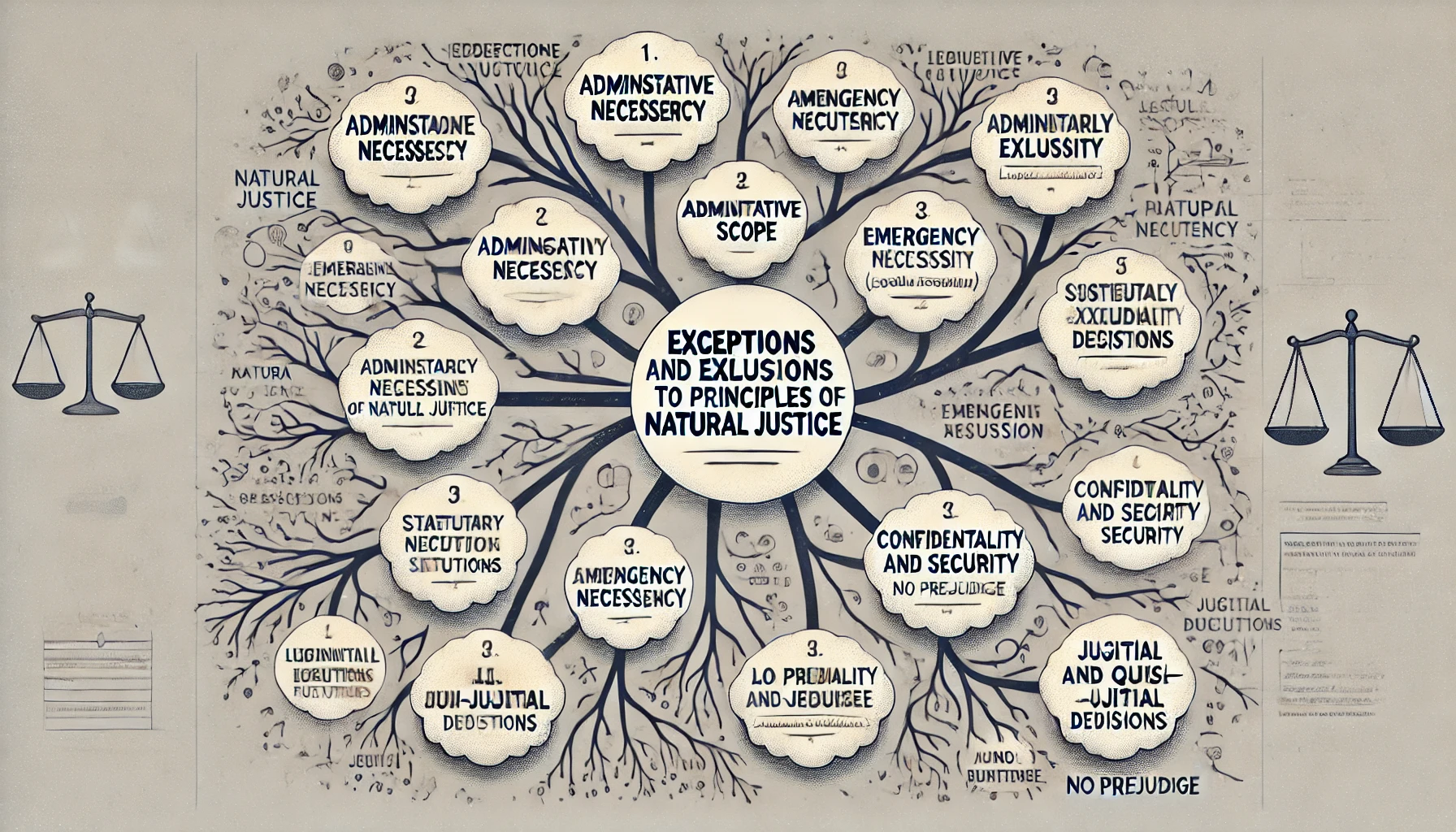



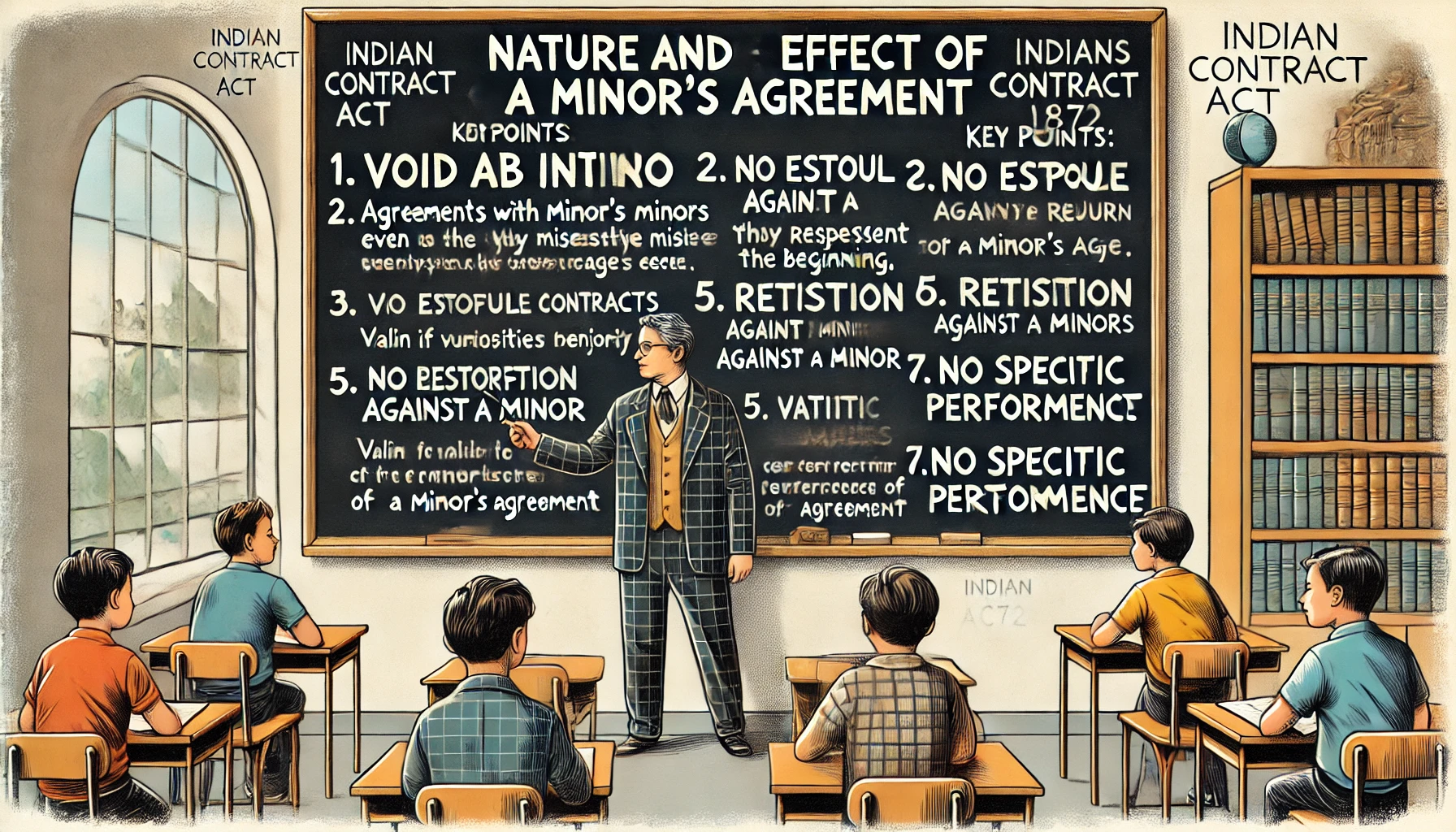


Comment
Nothing for now